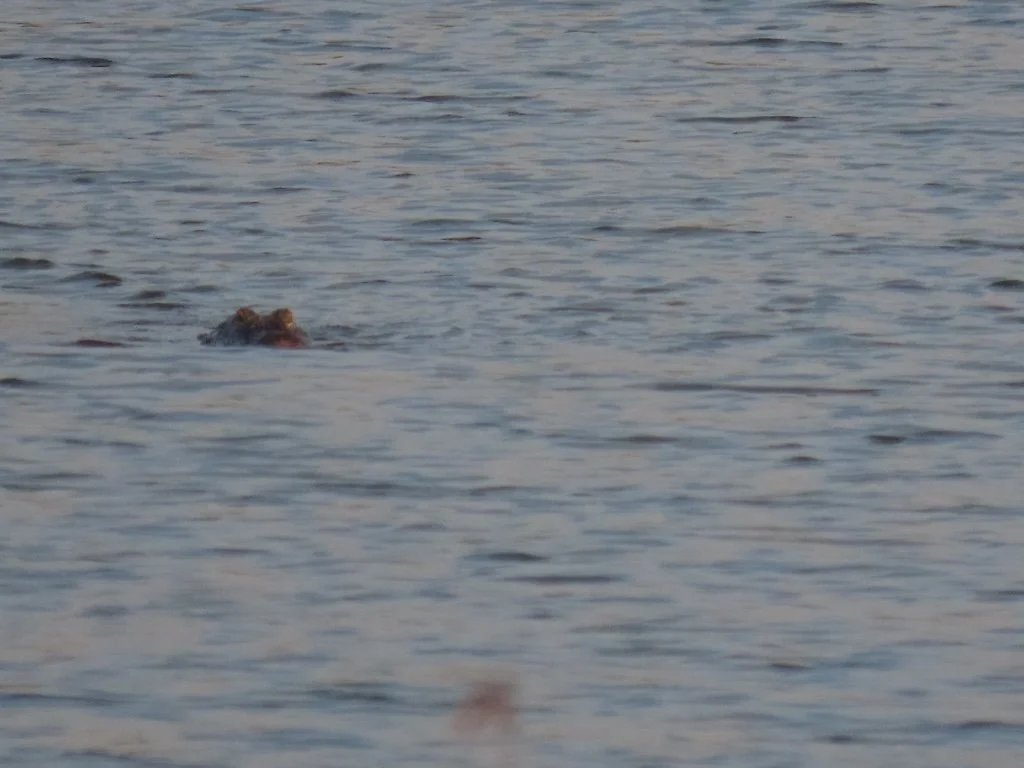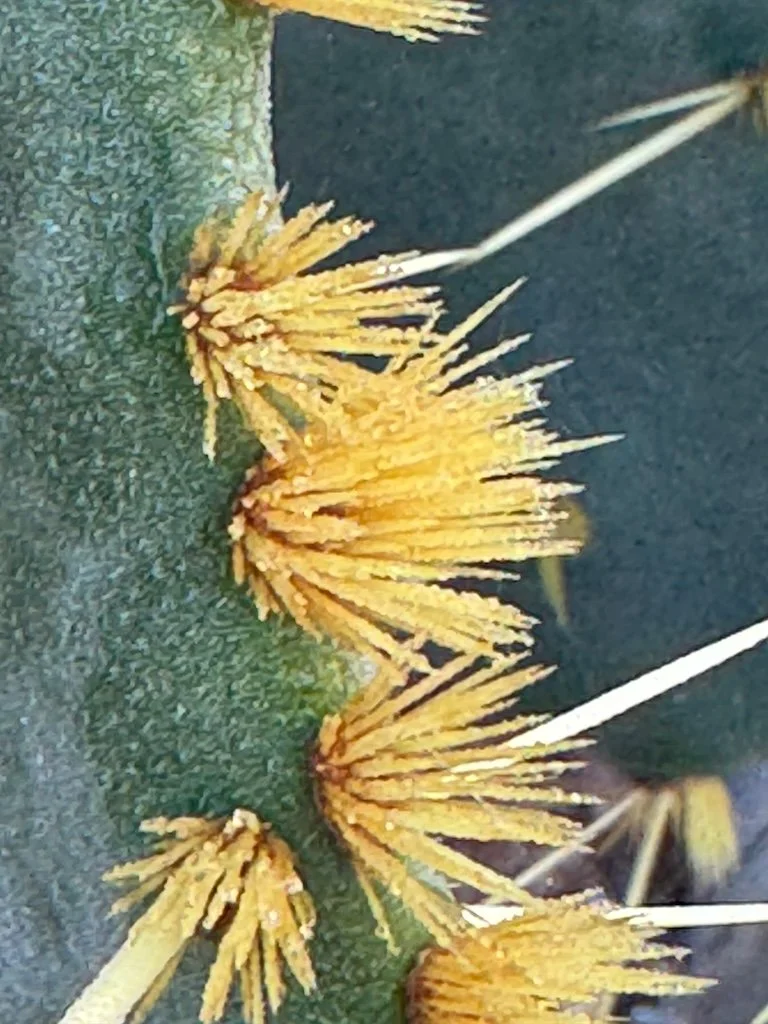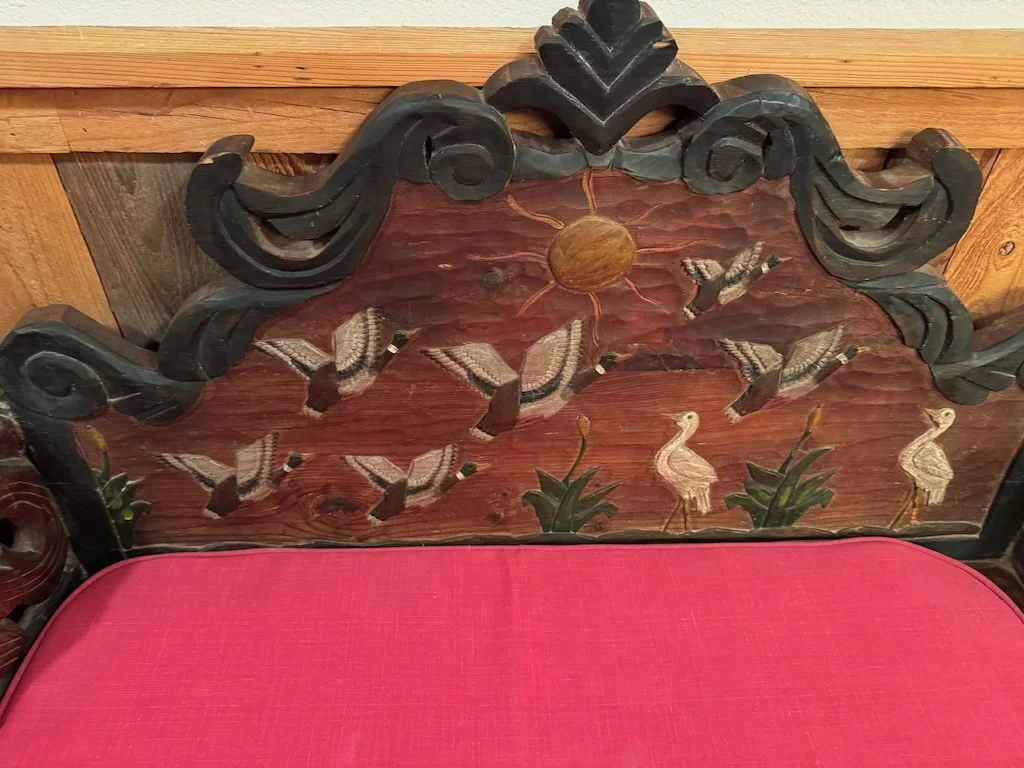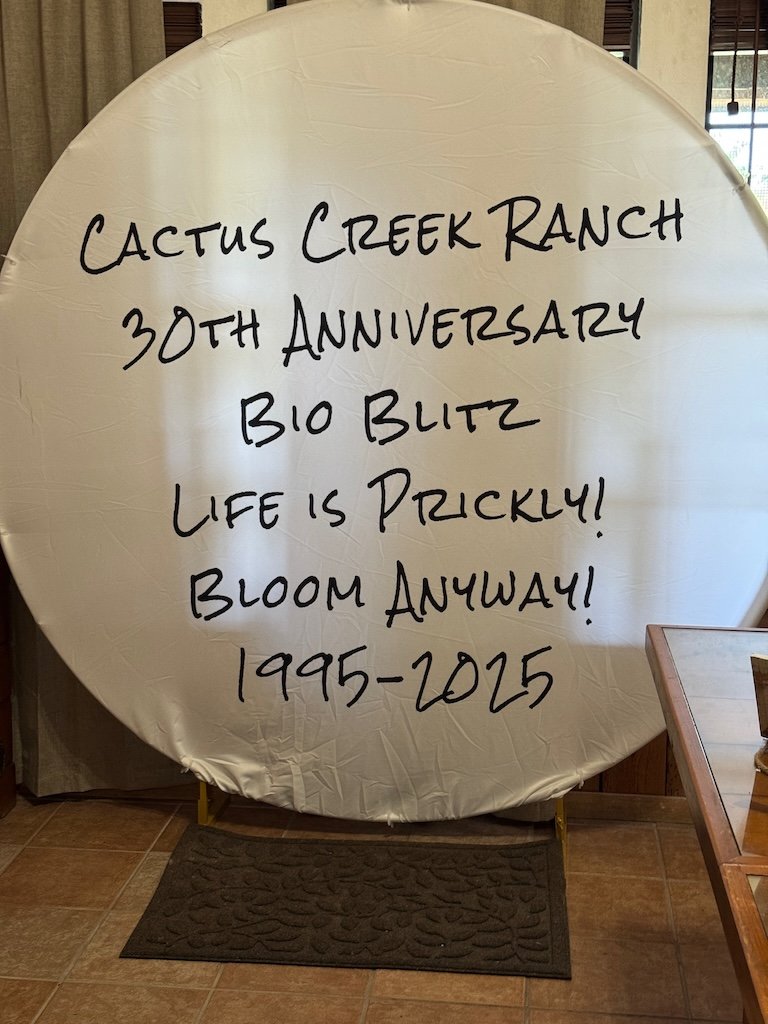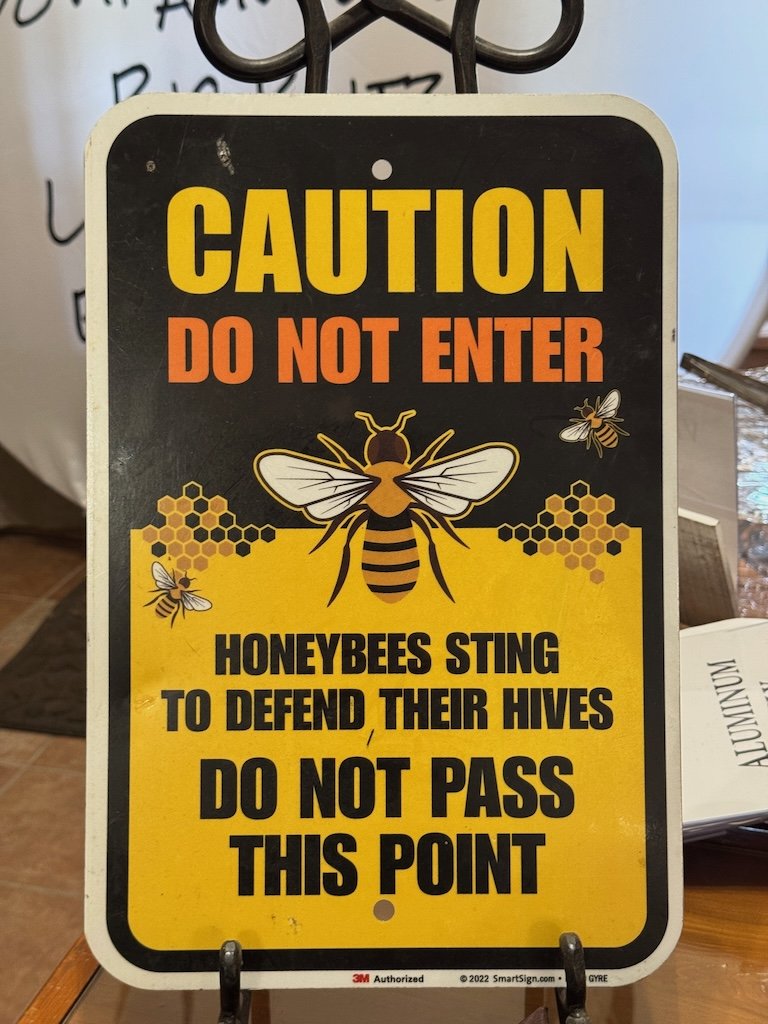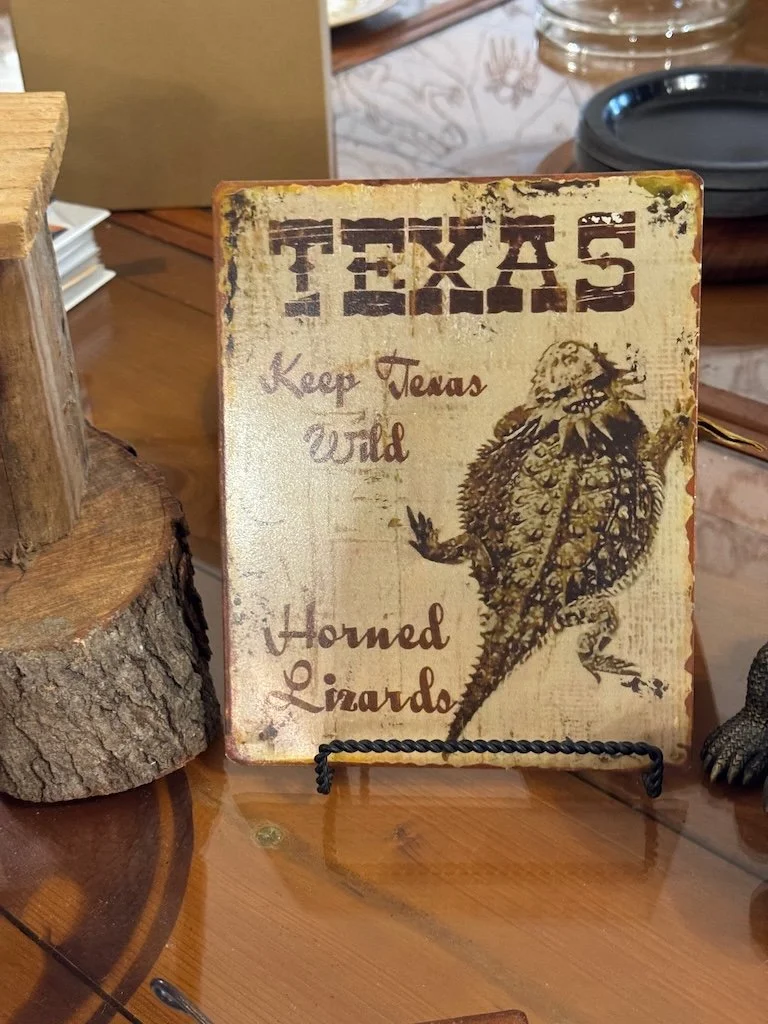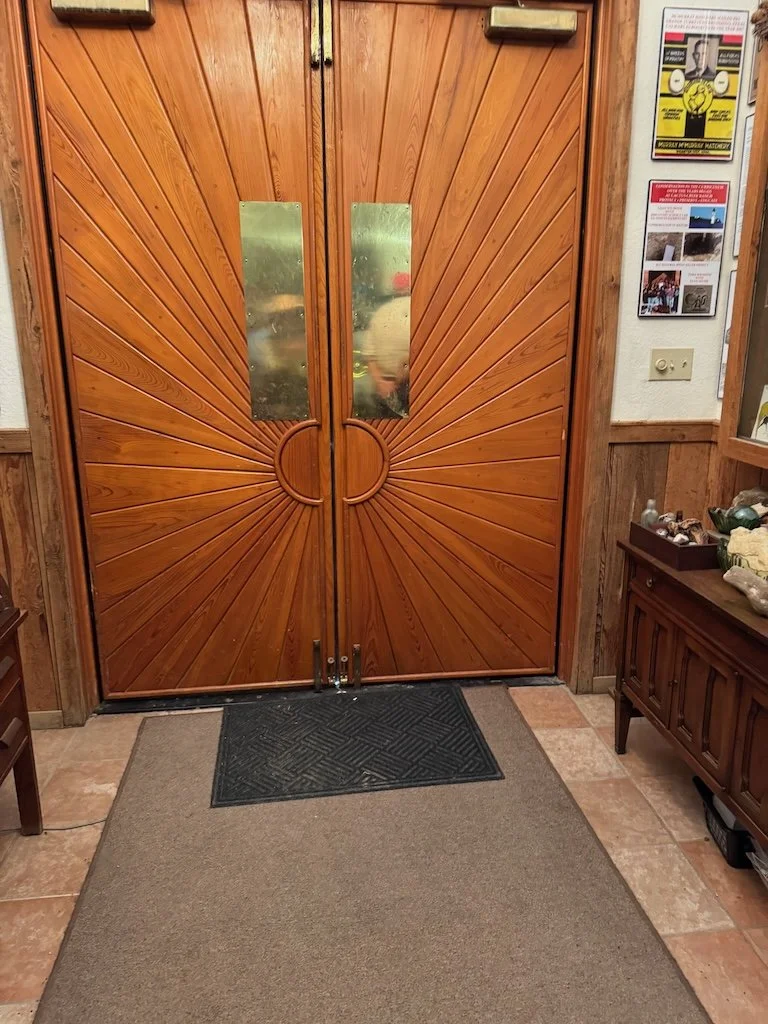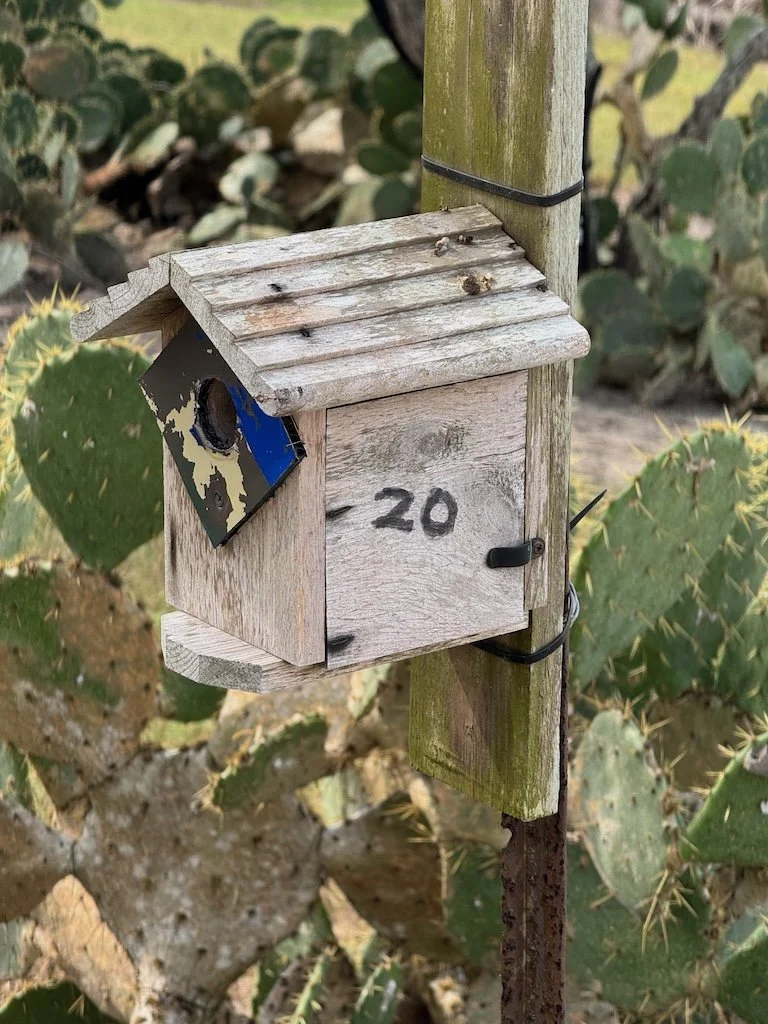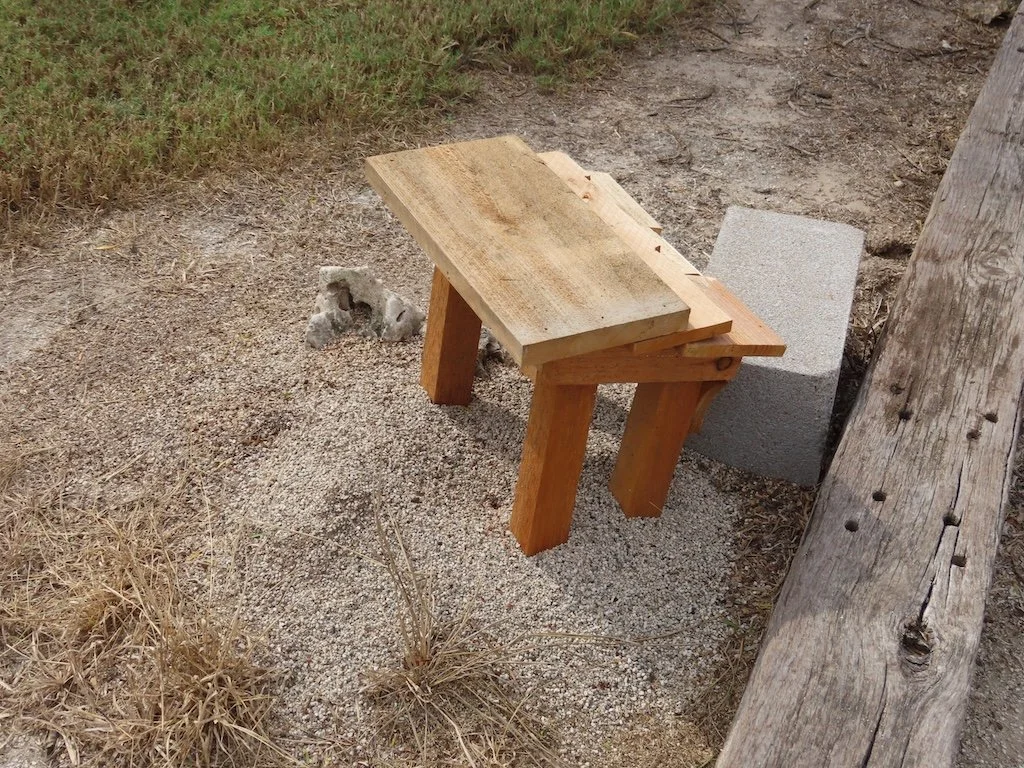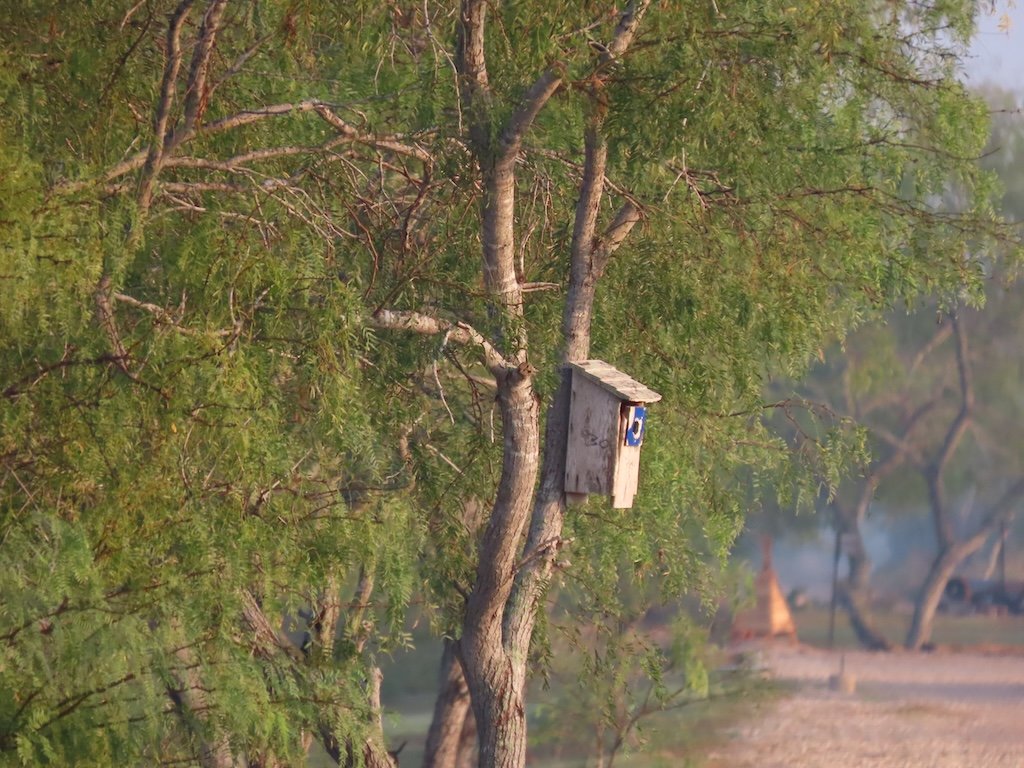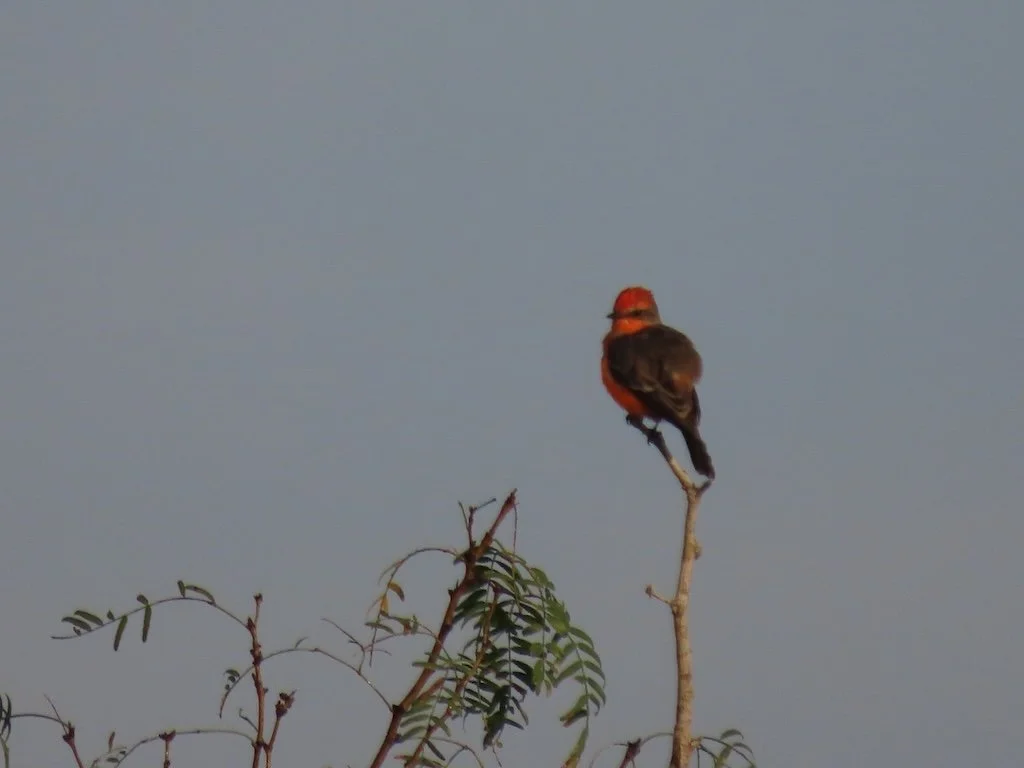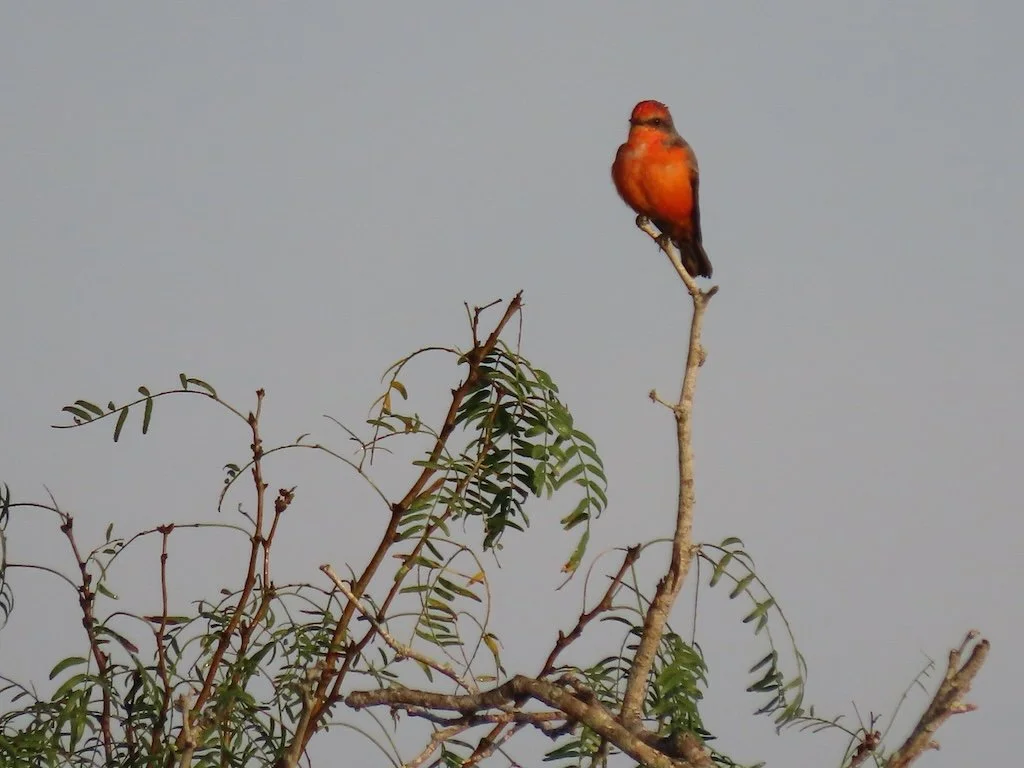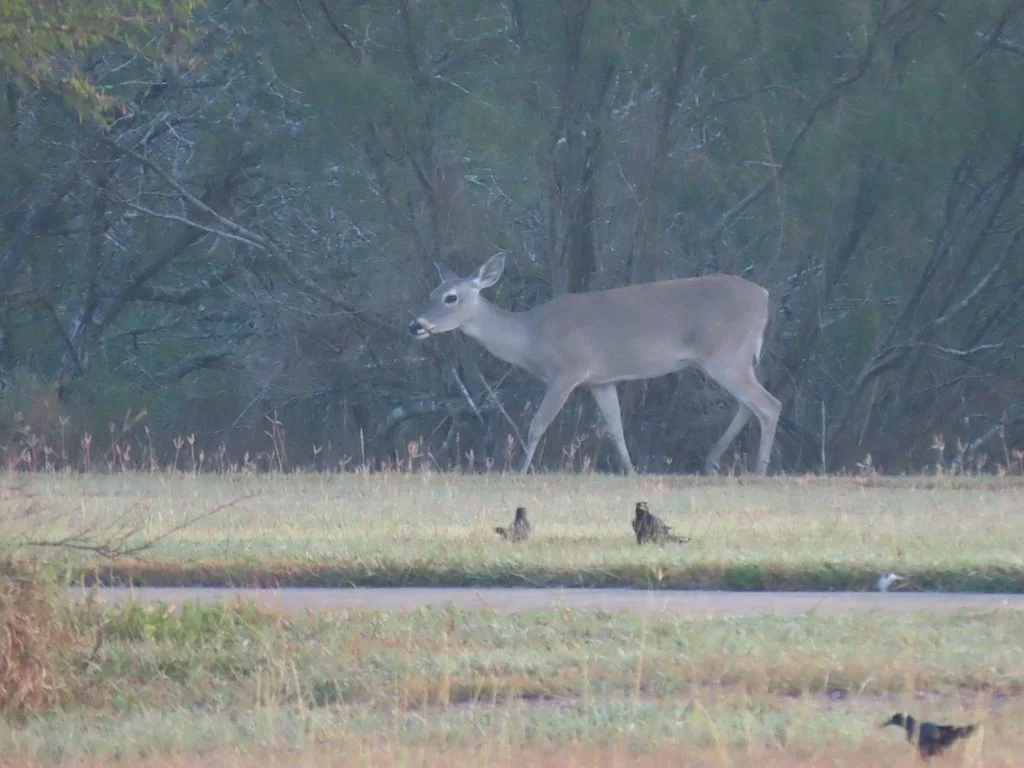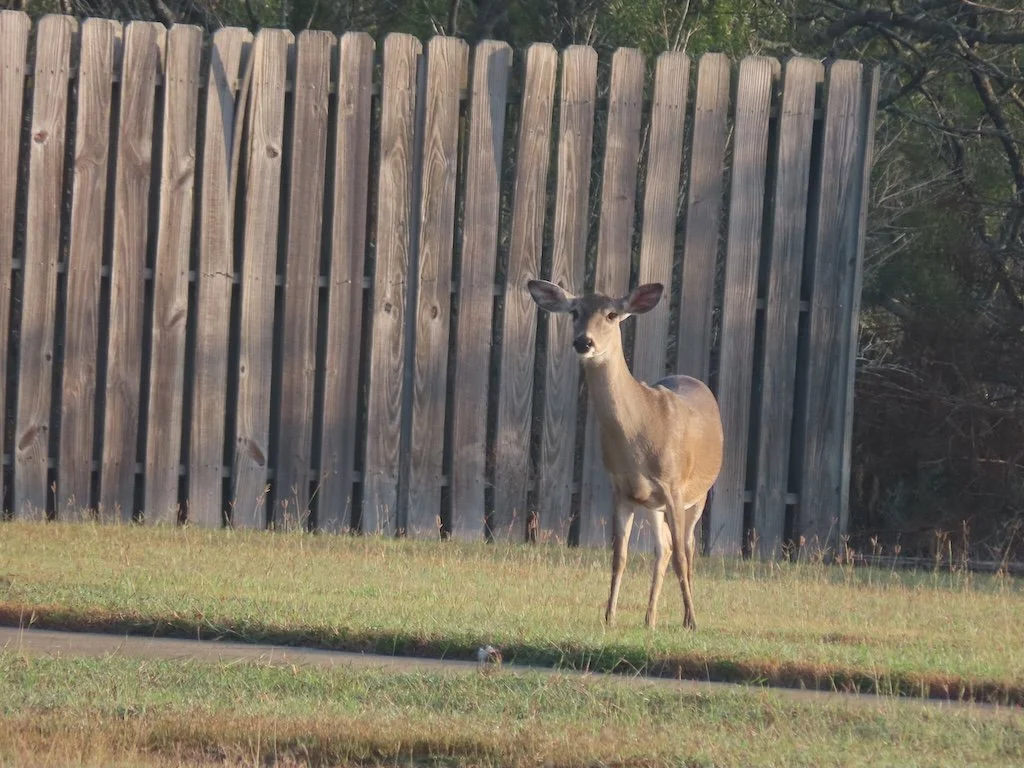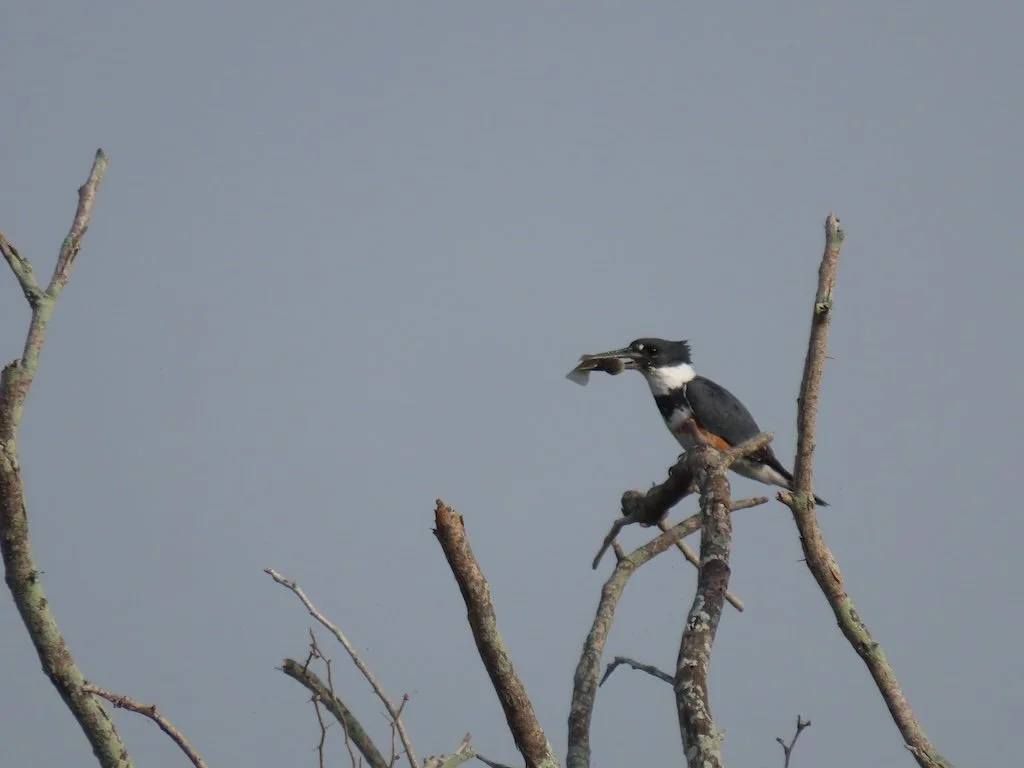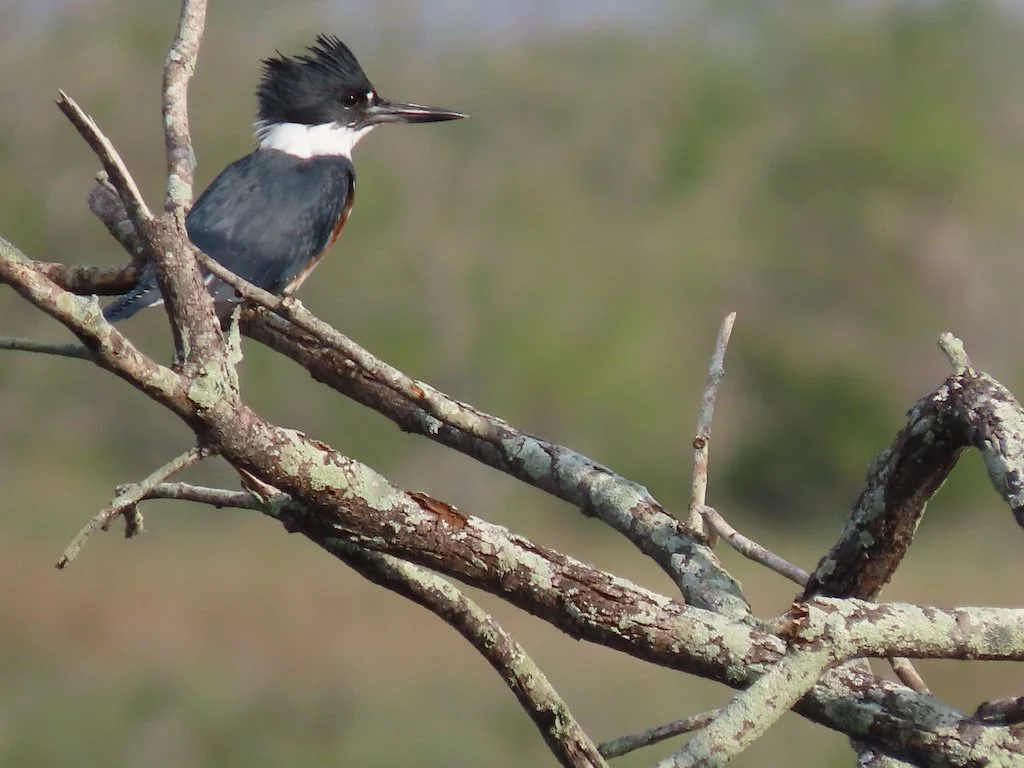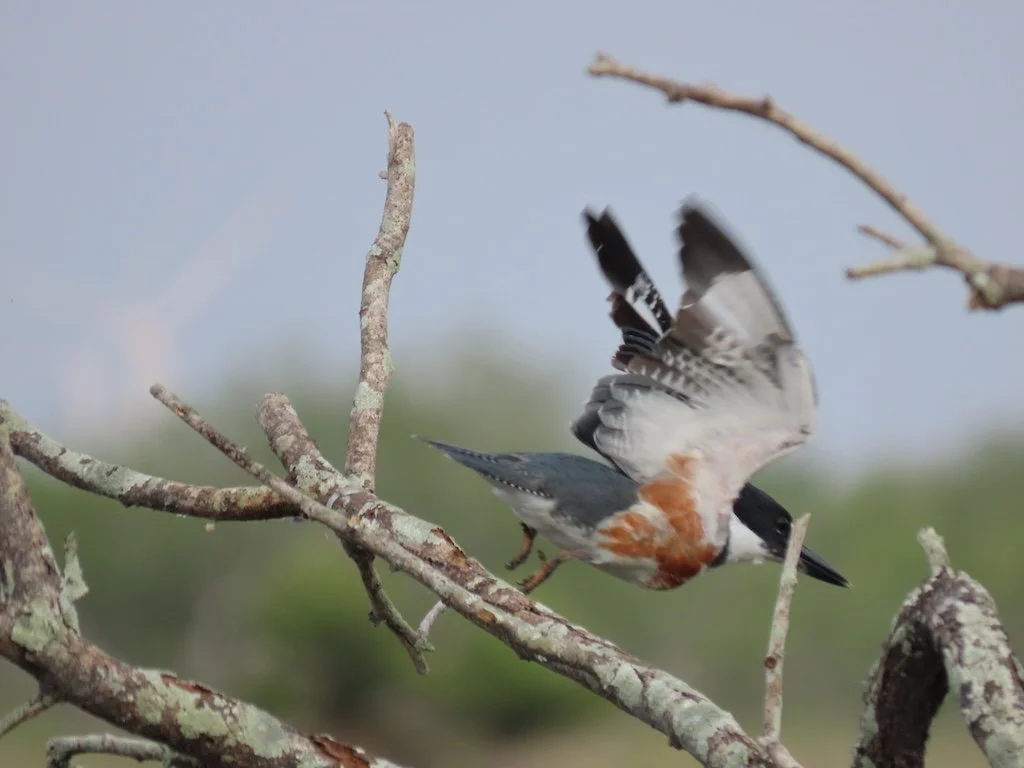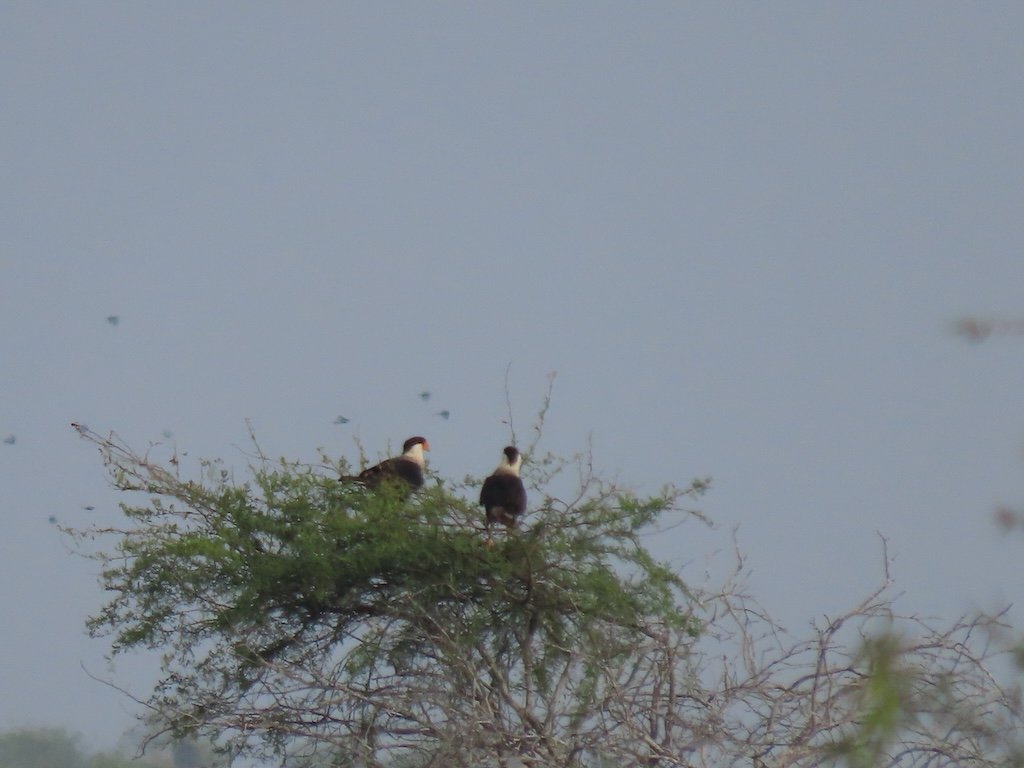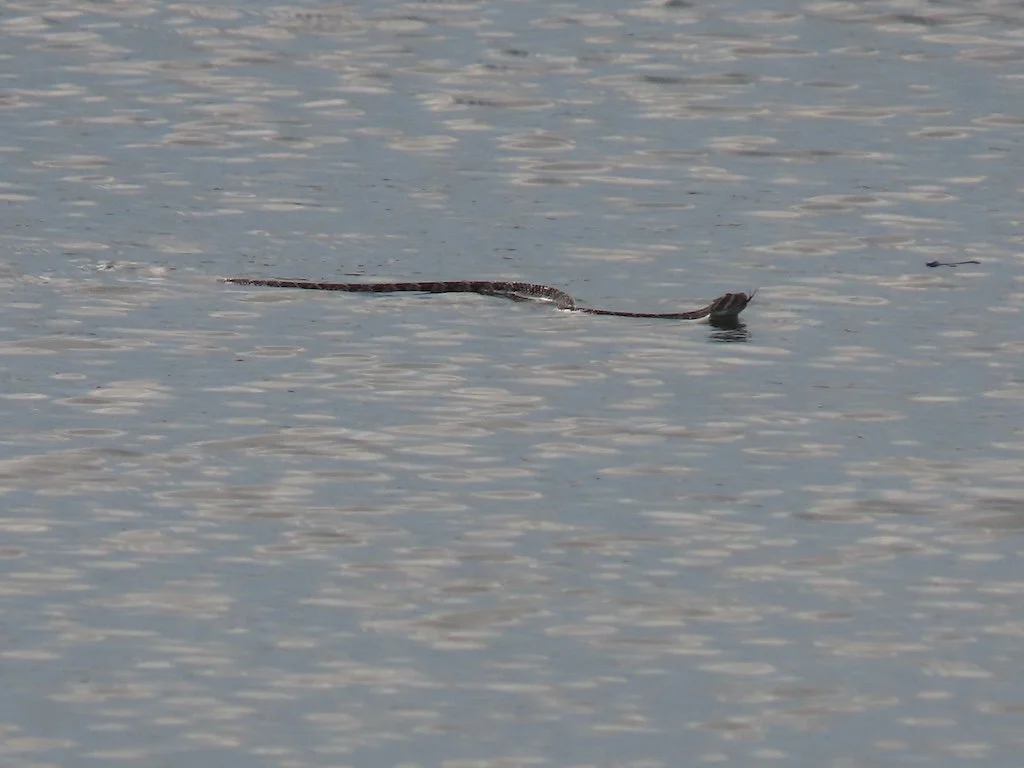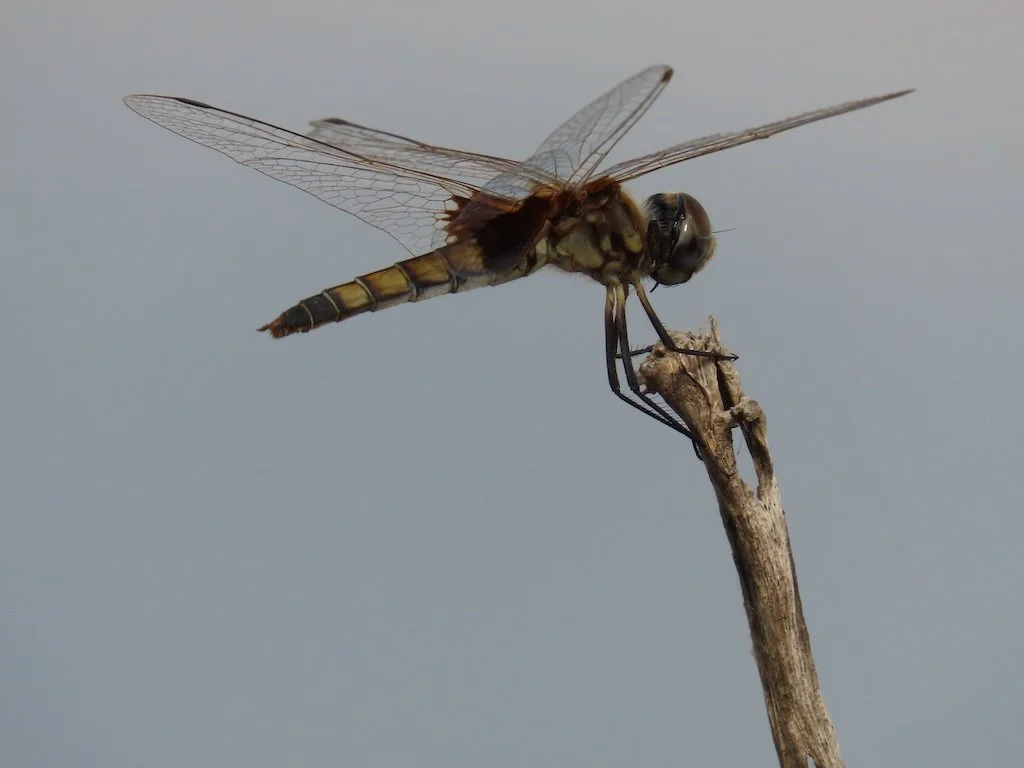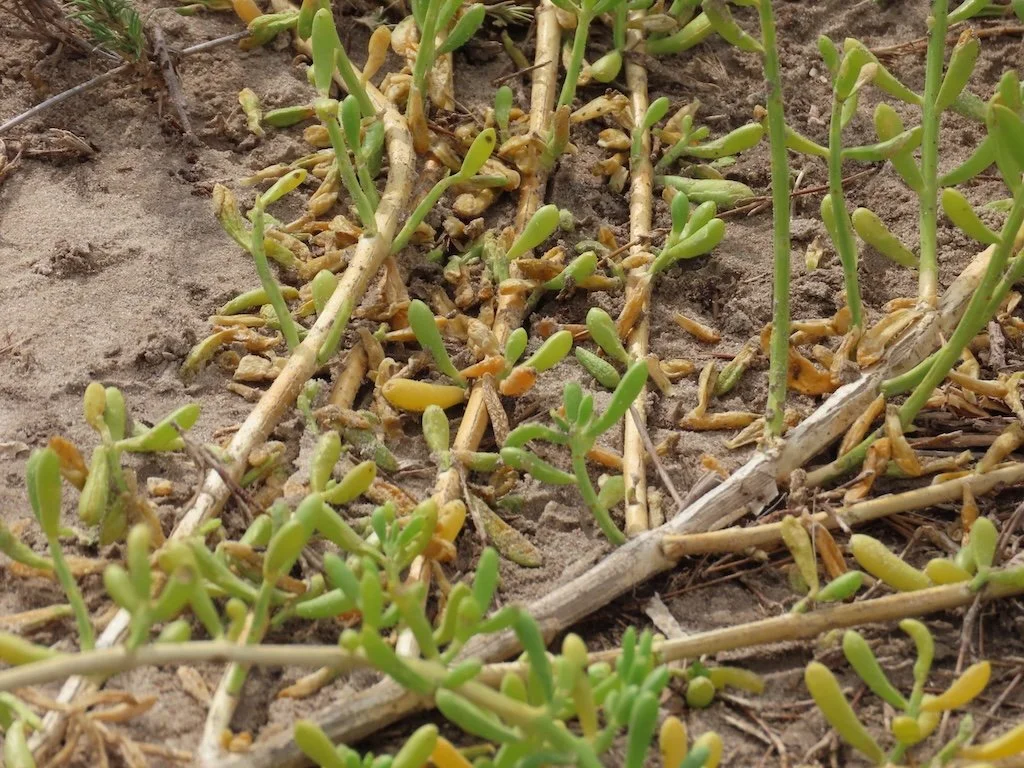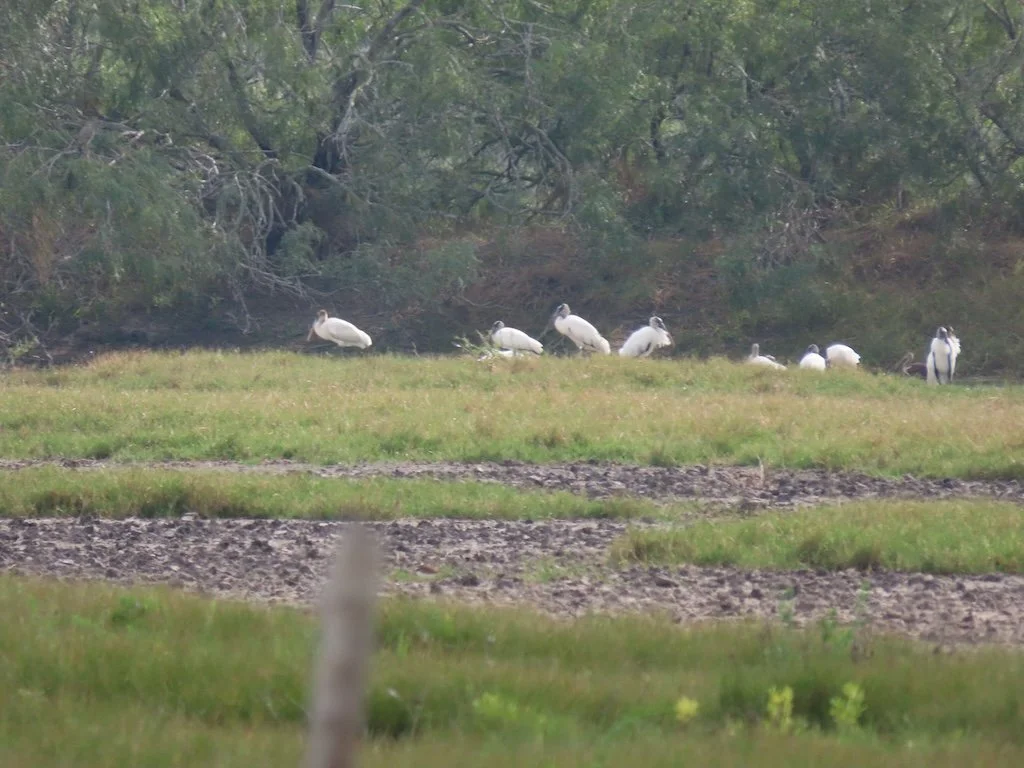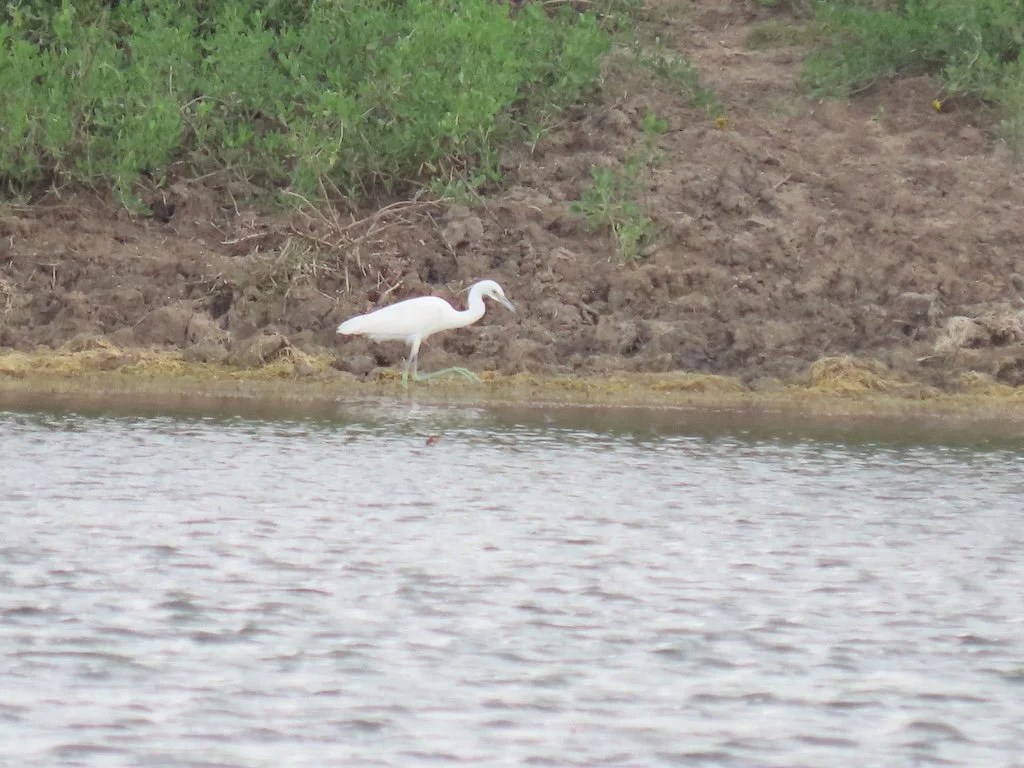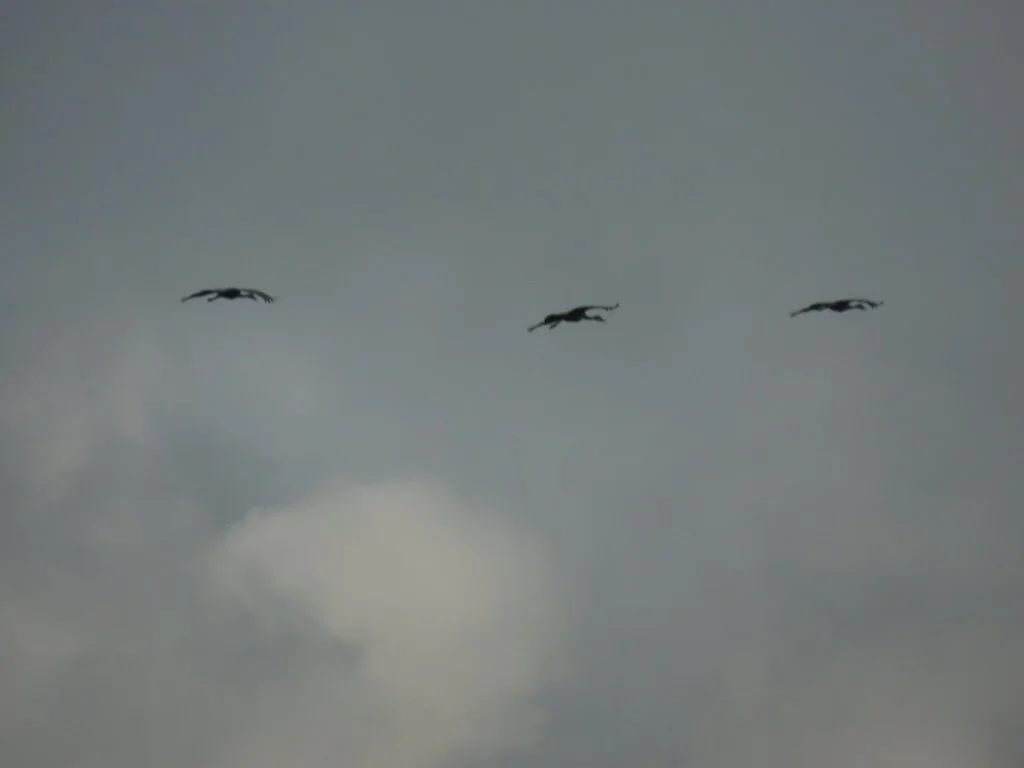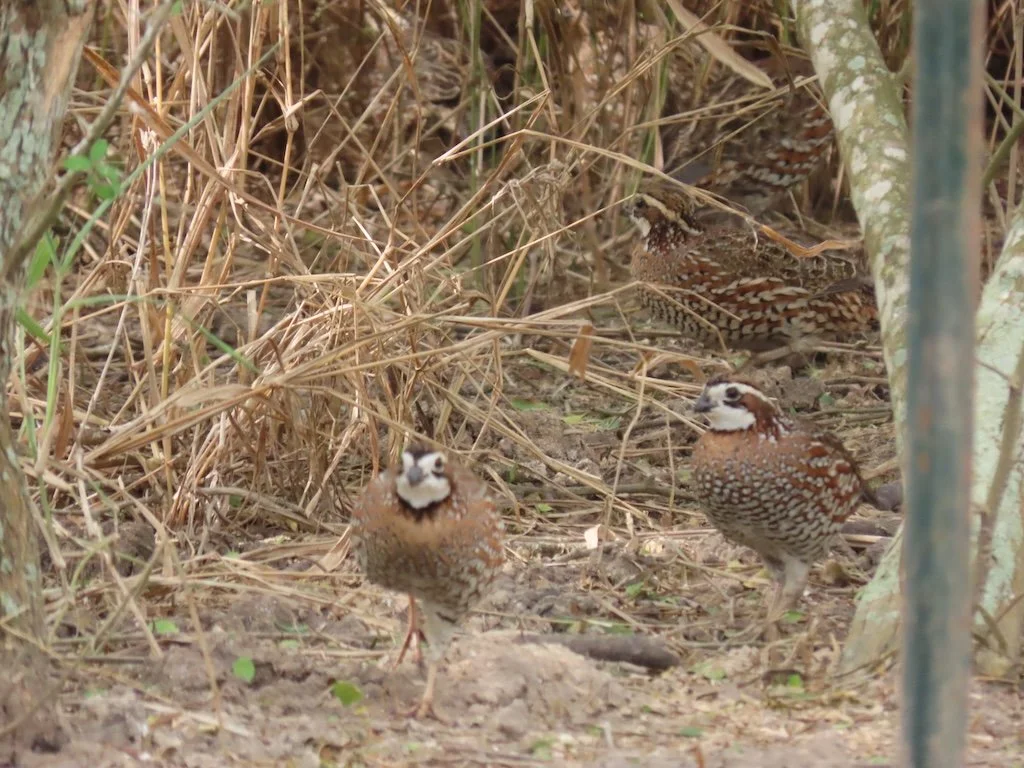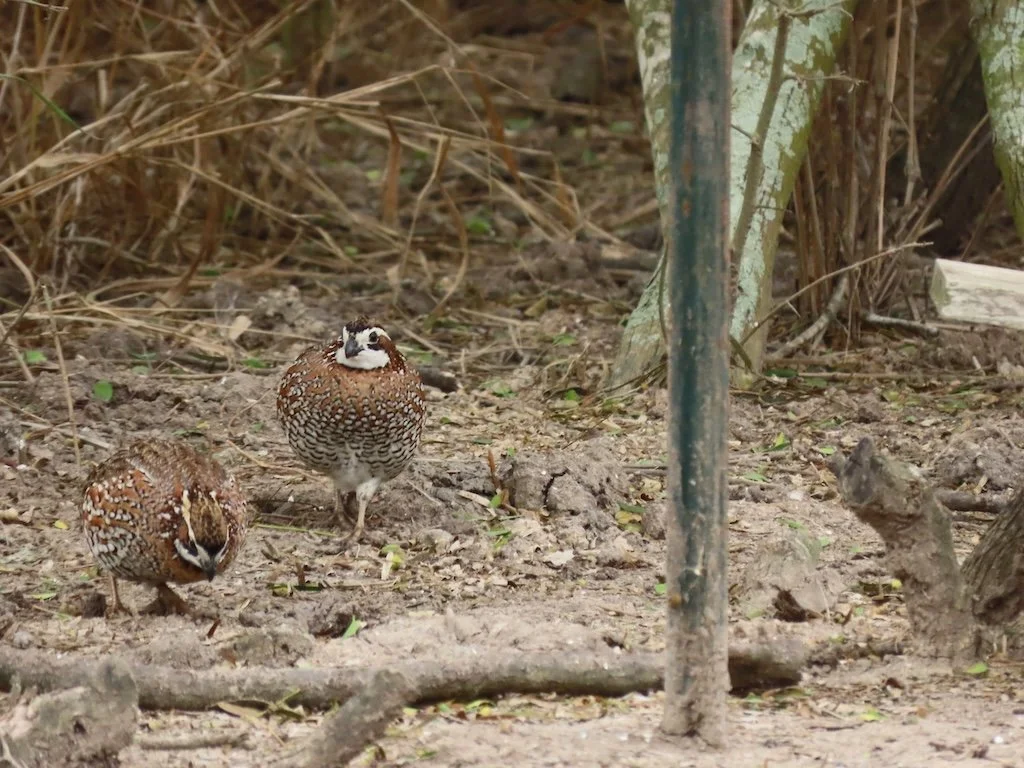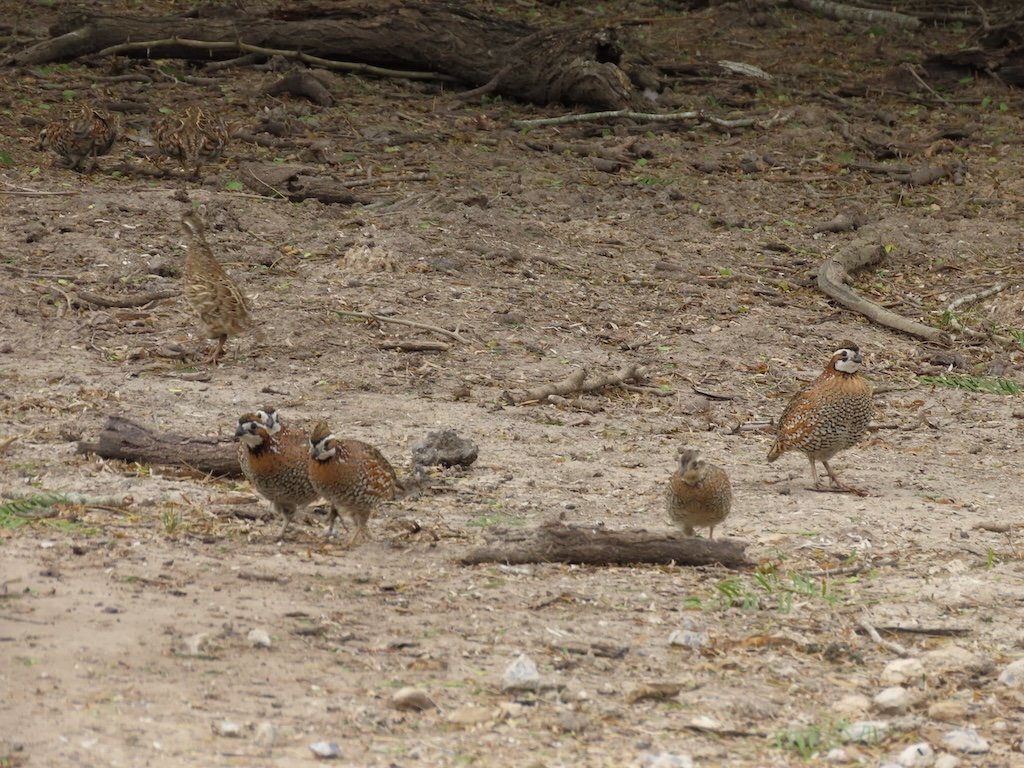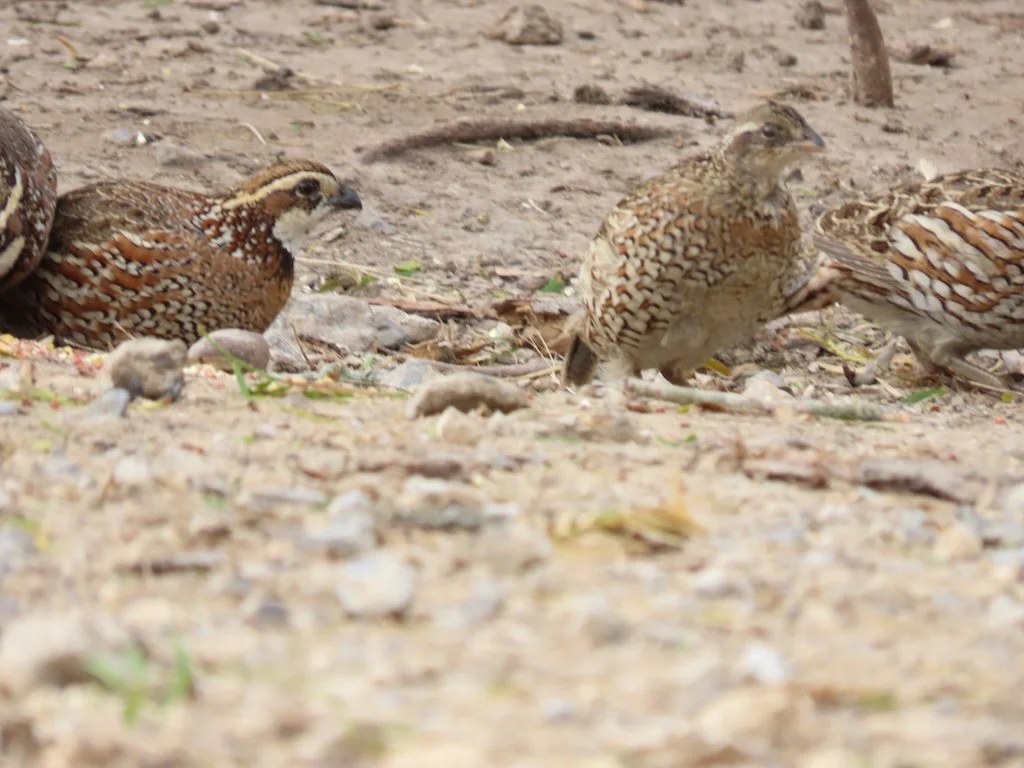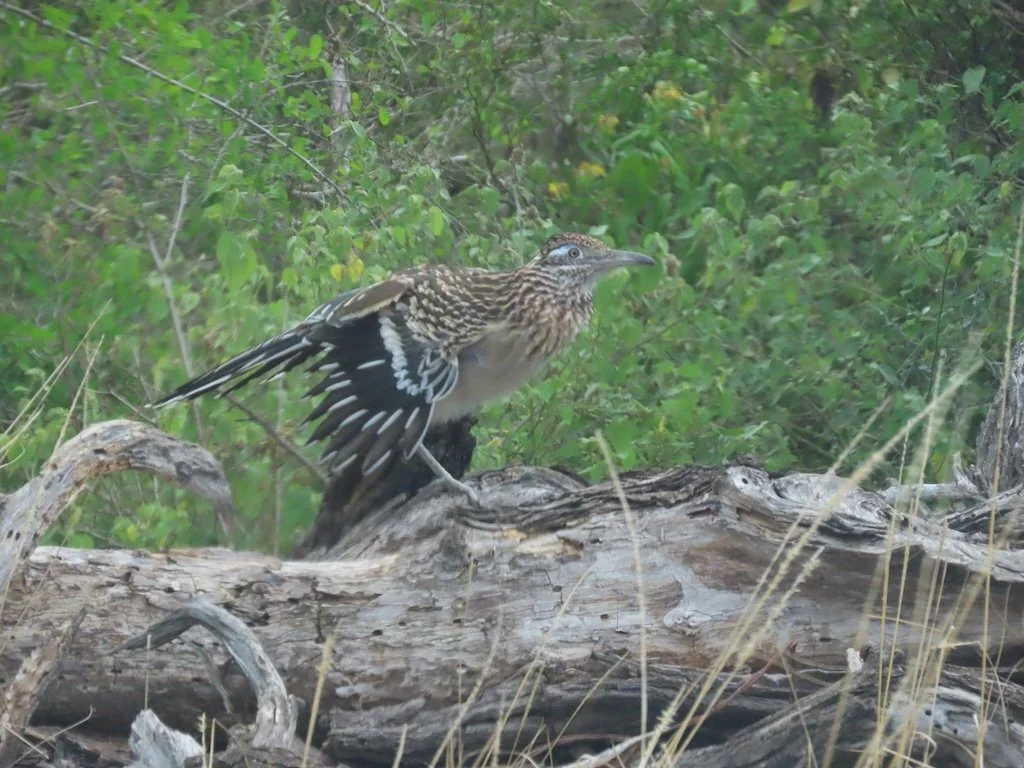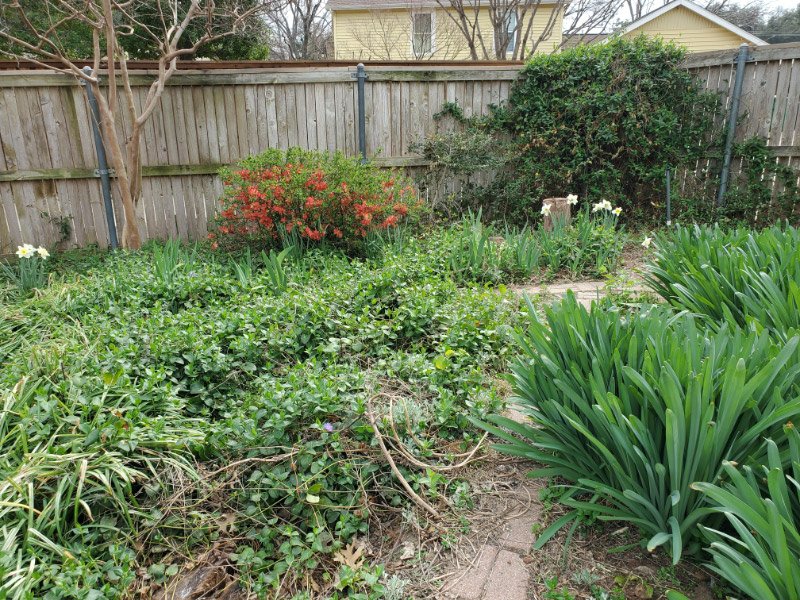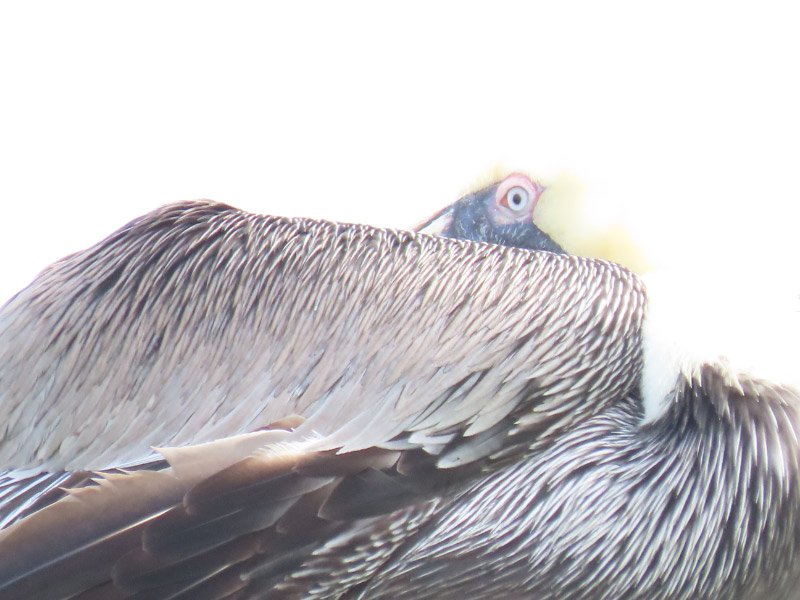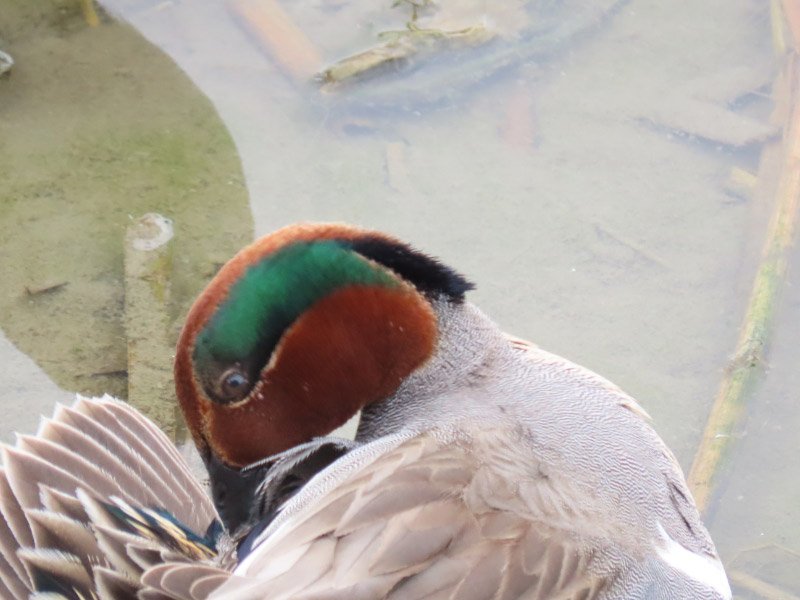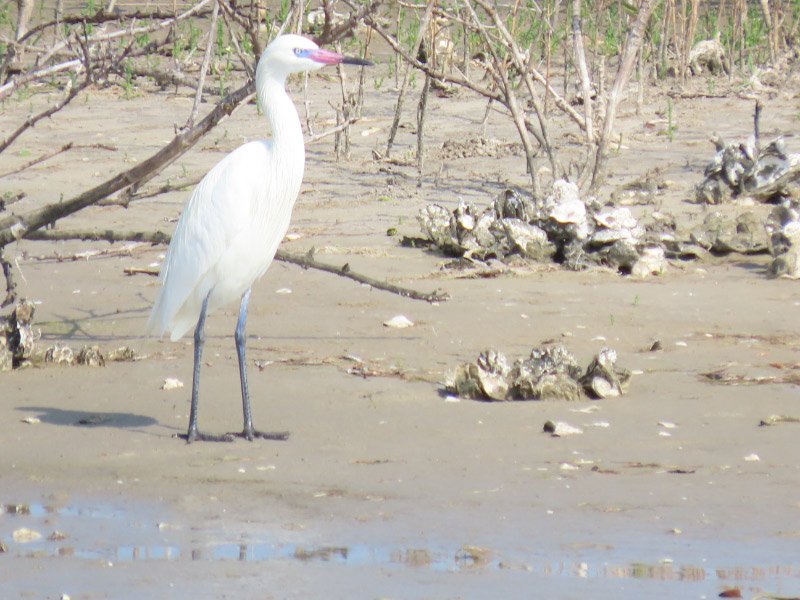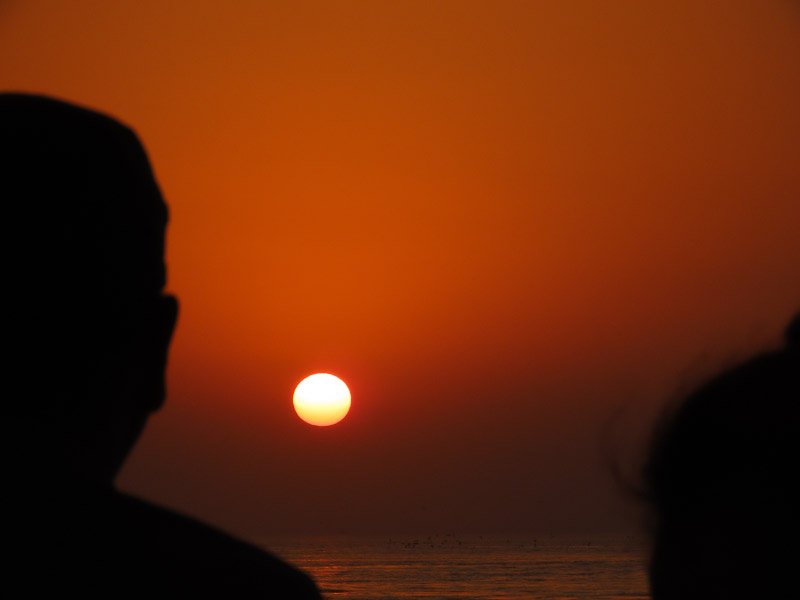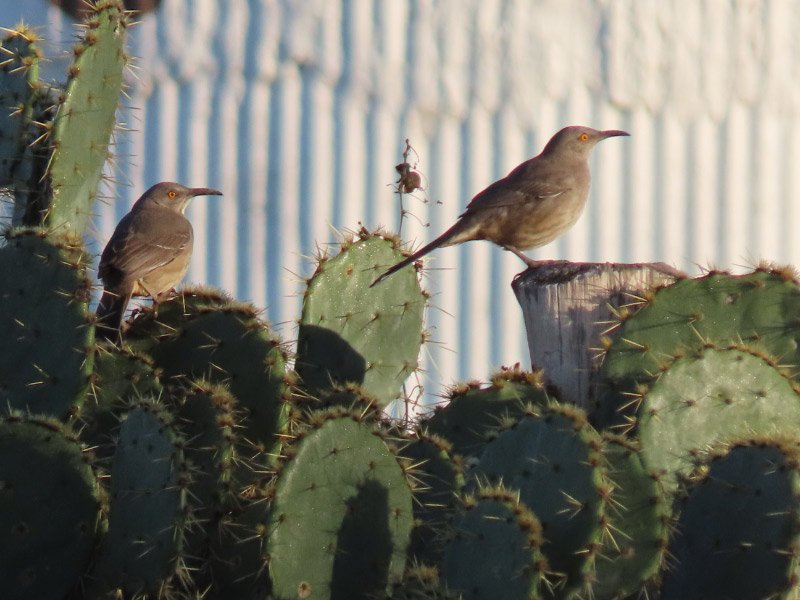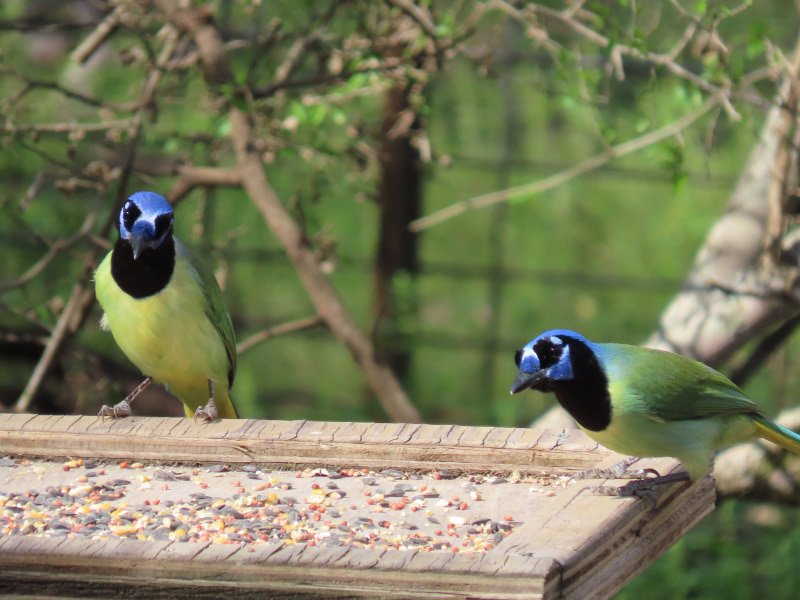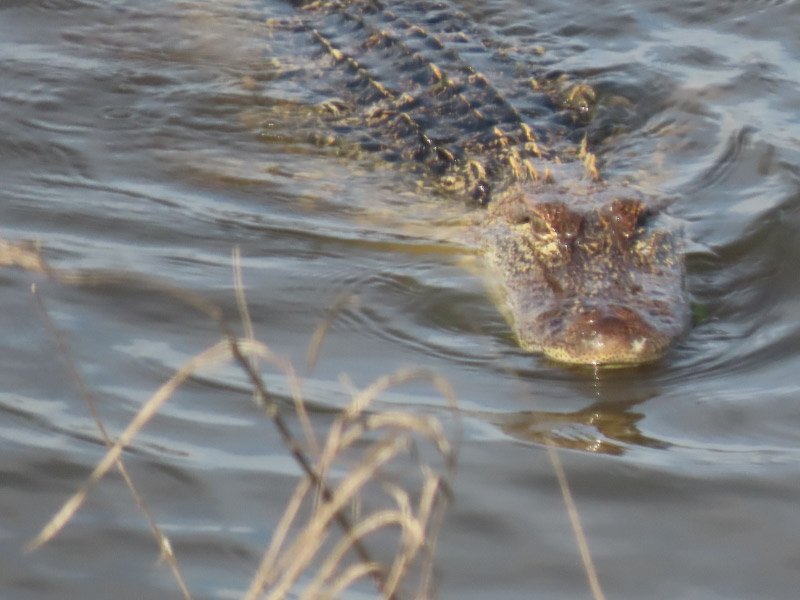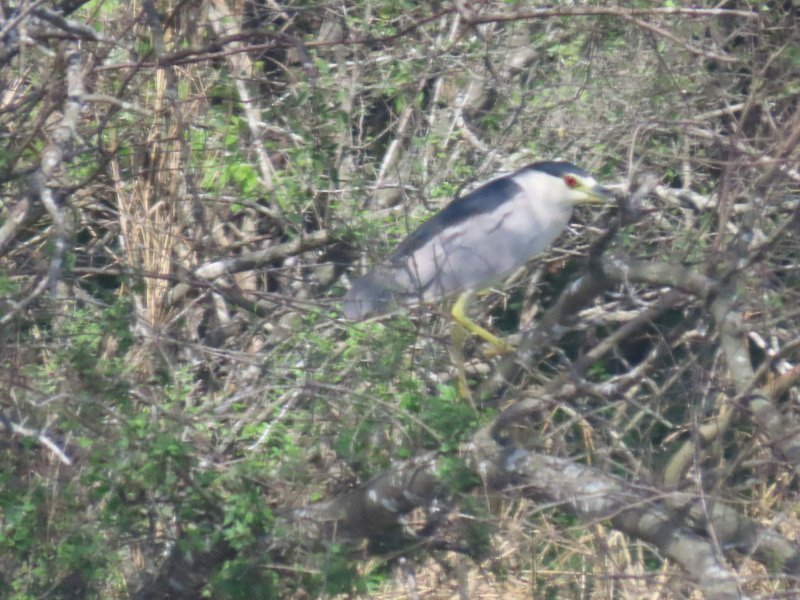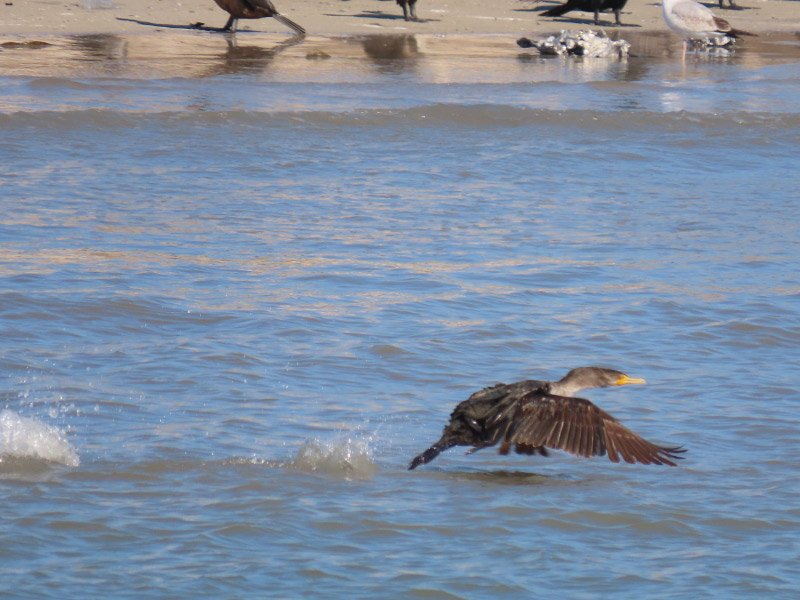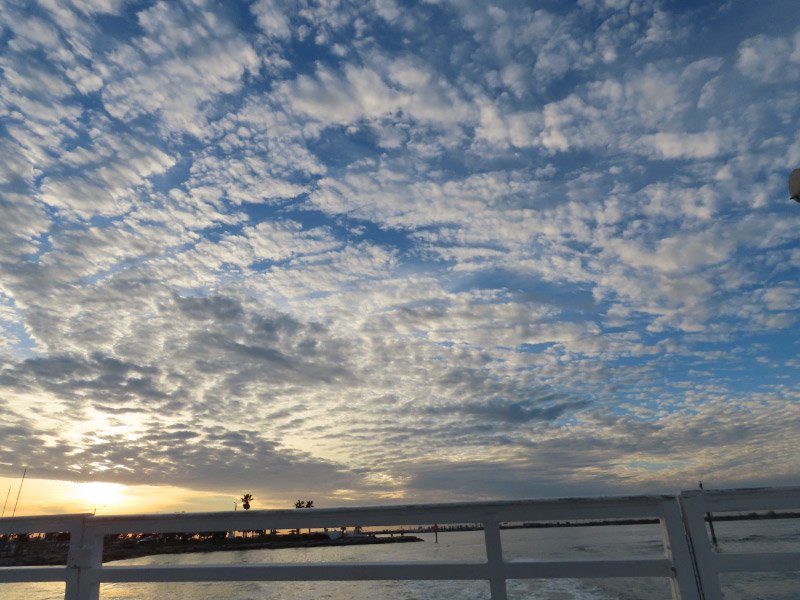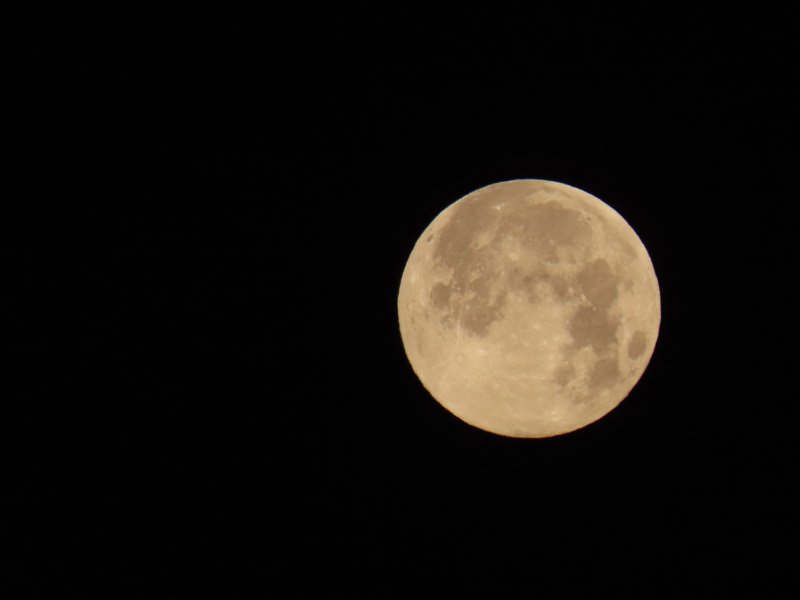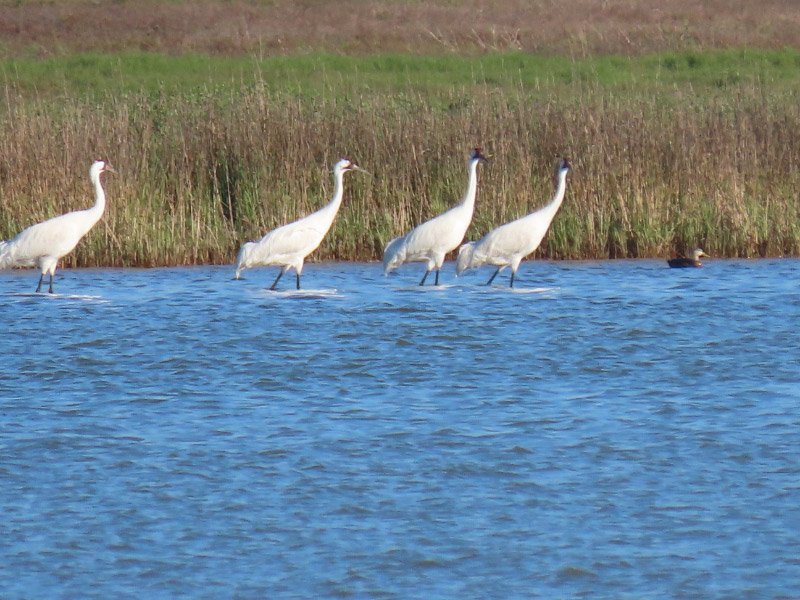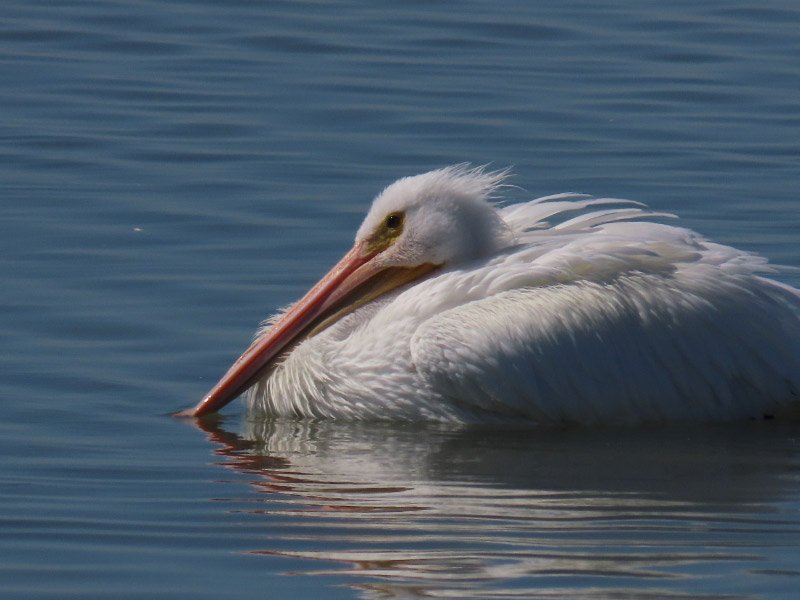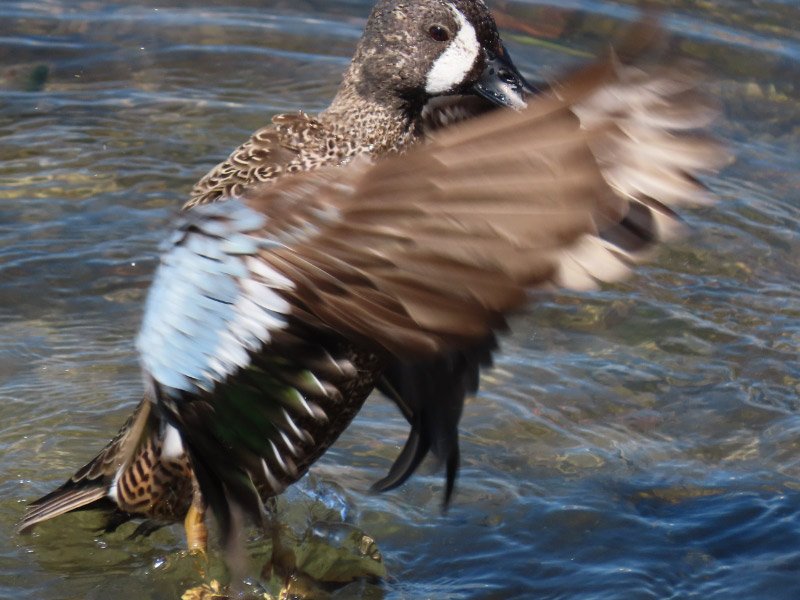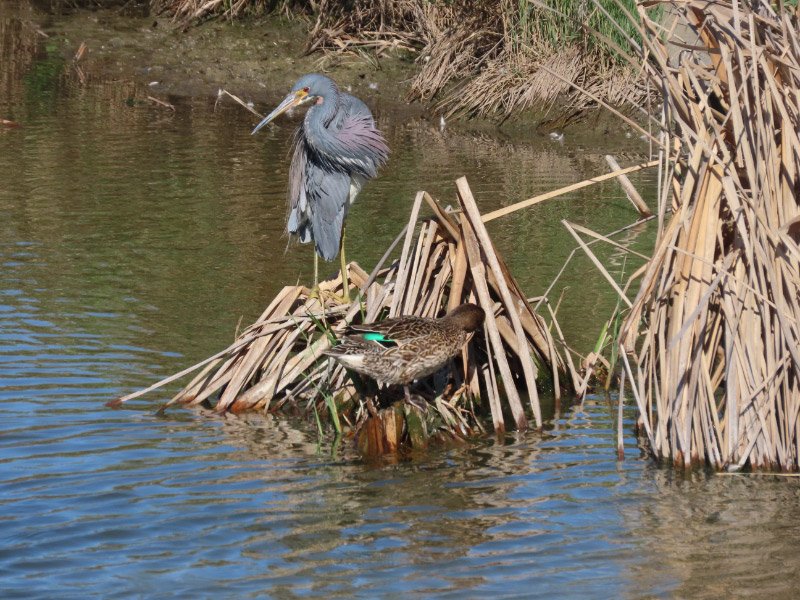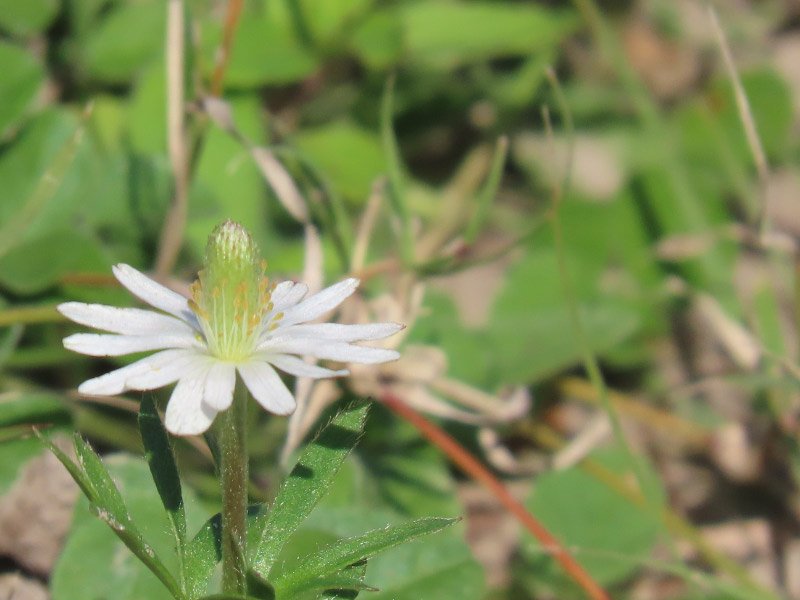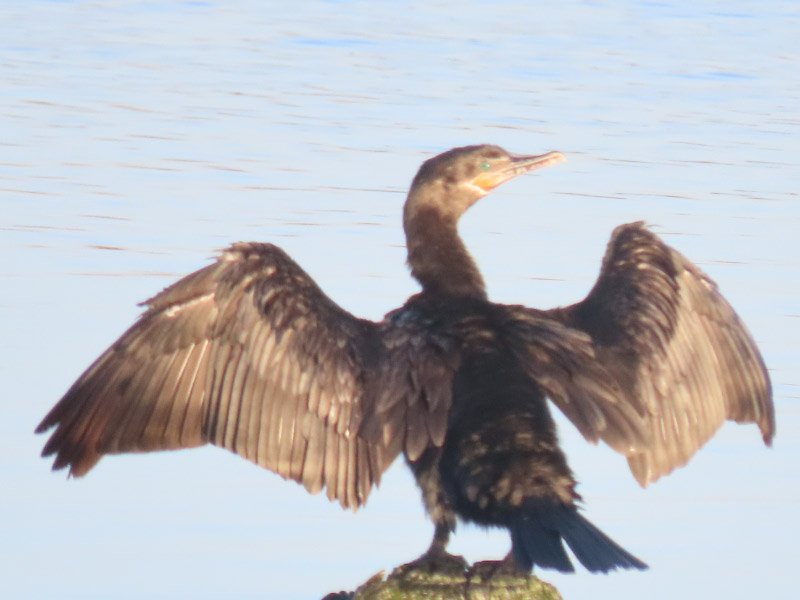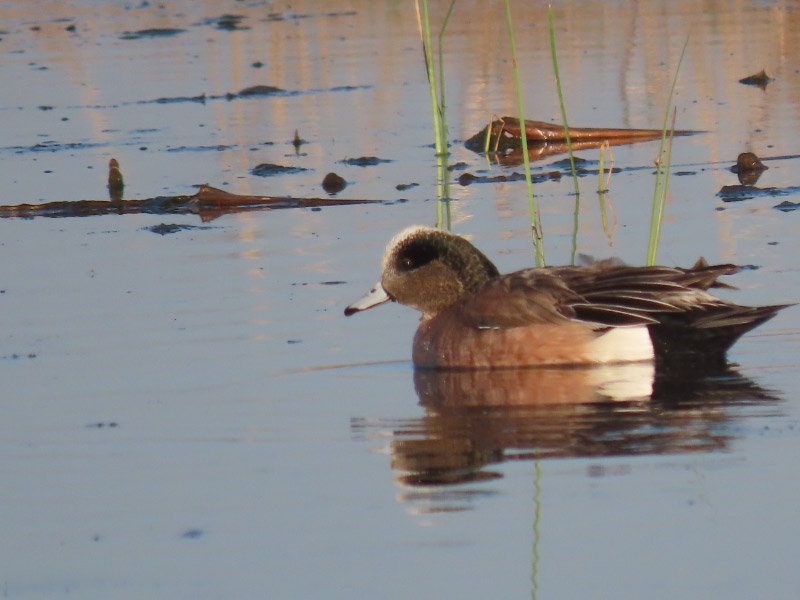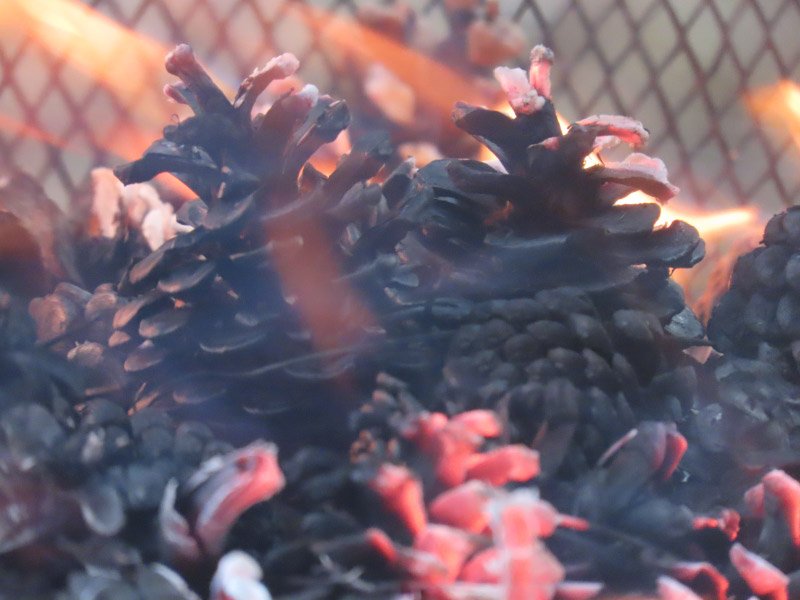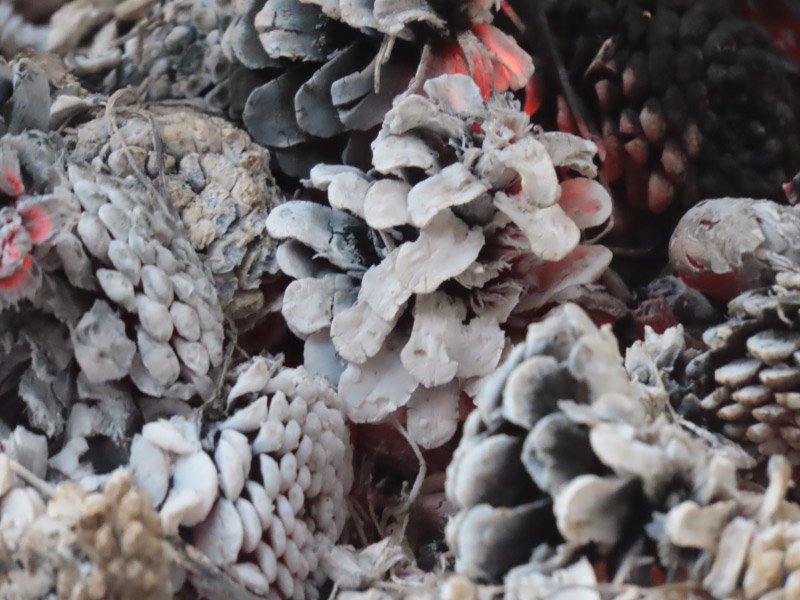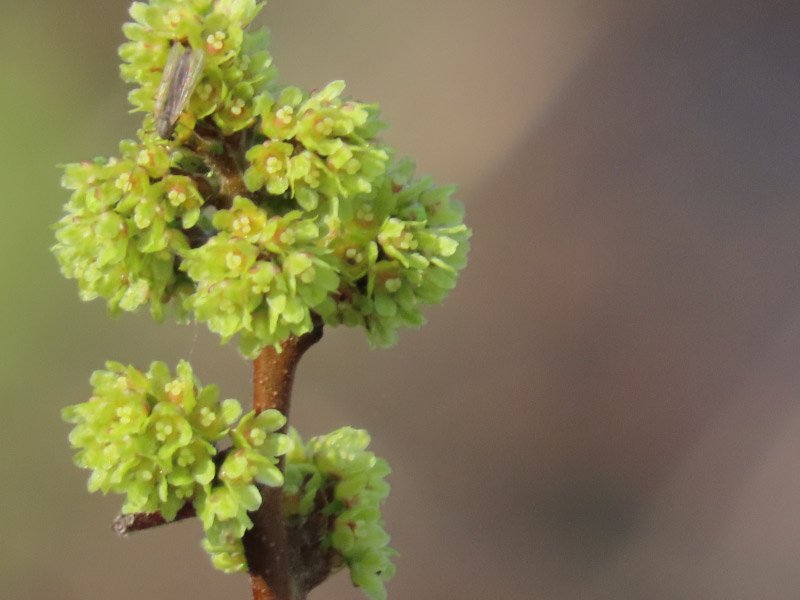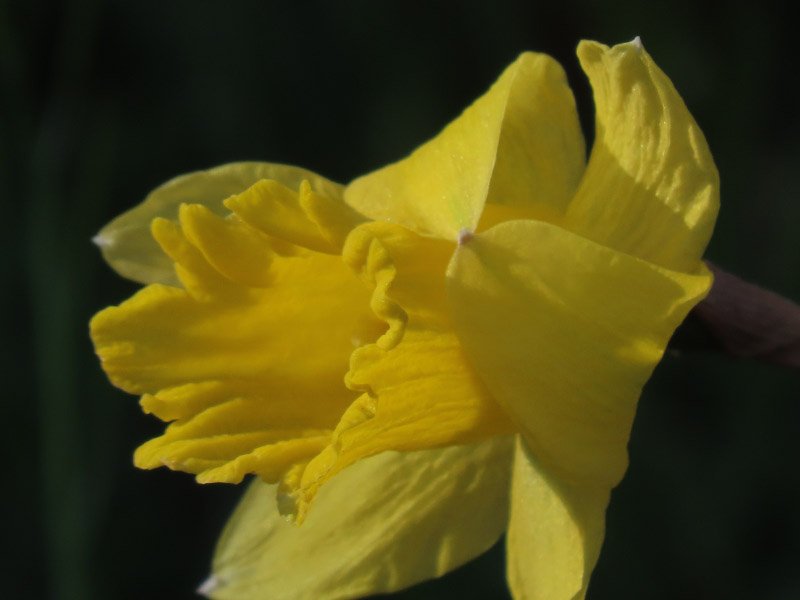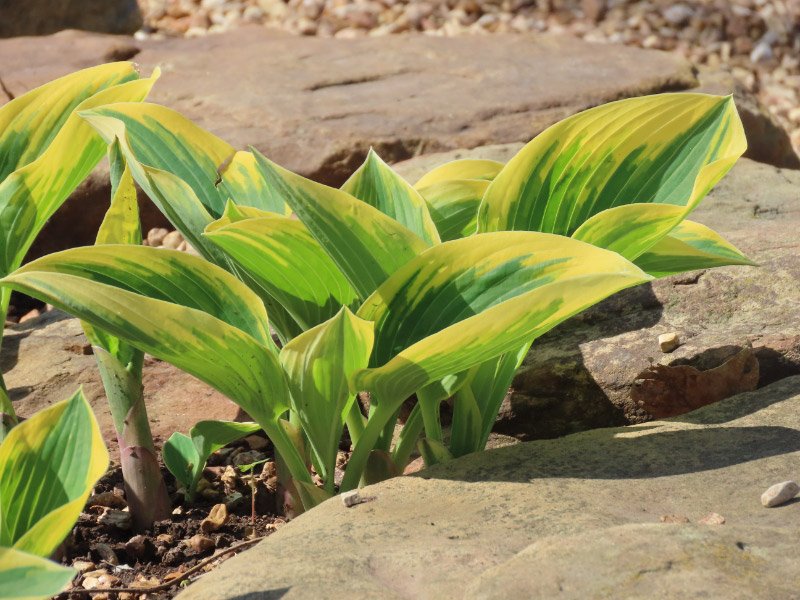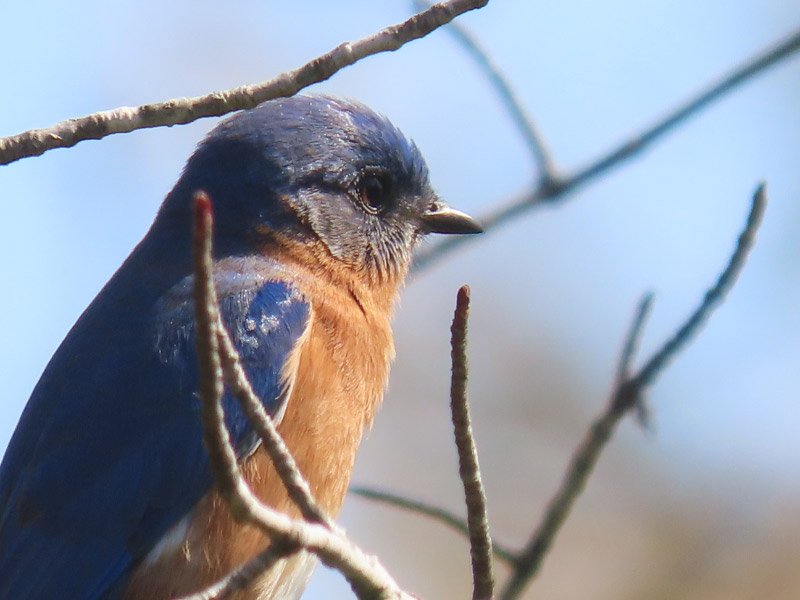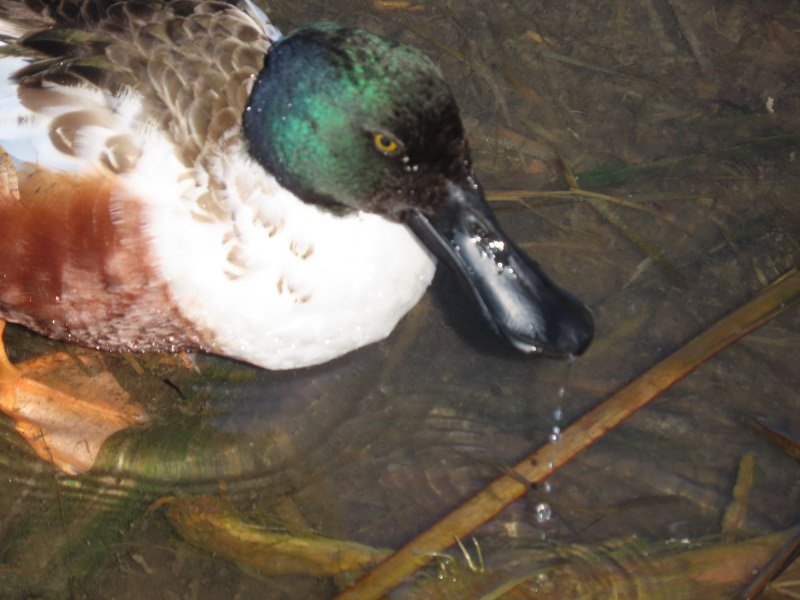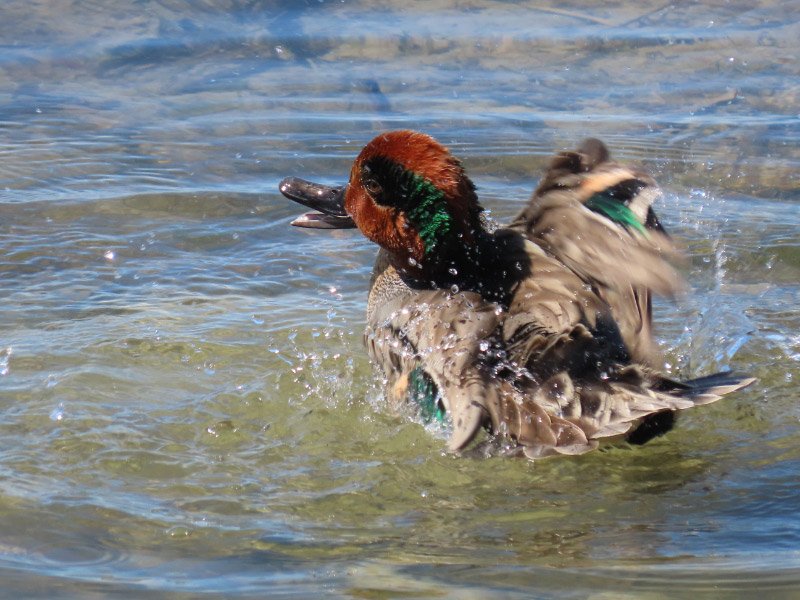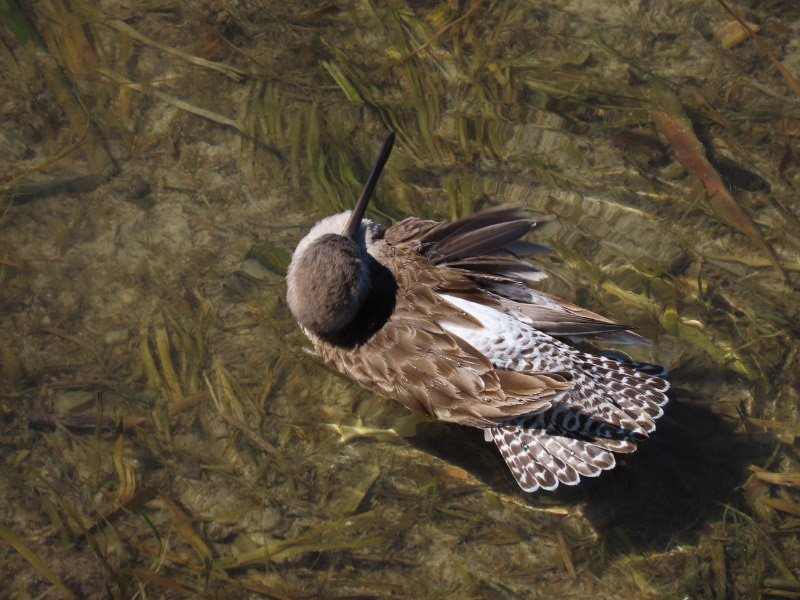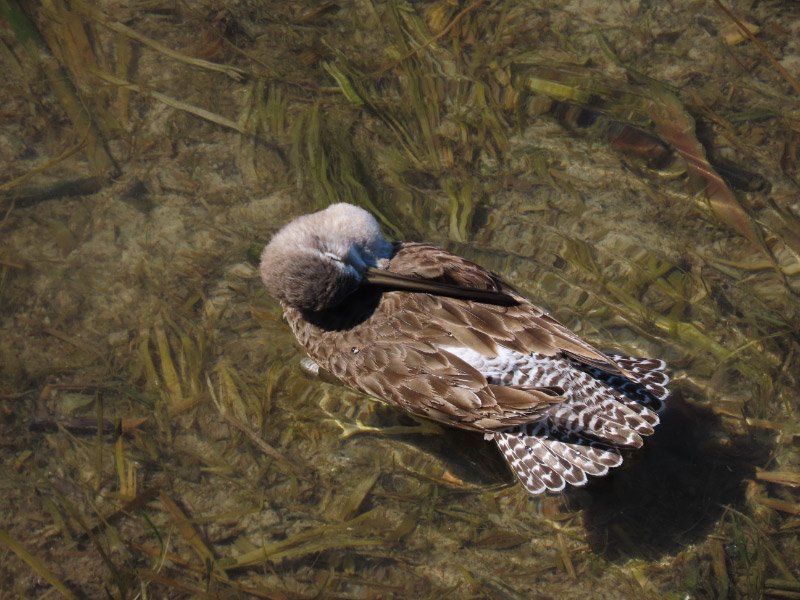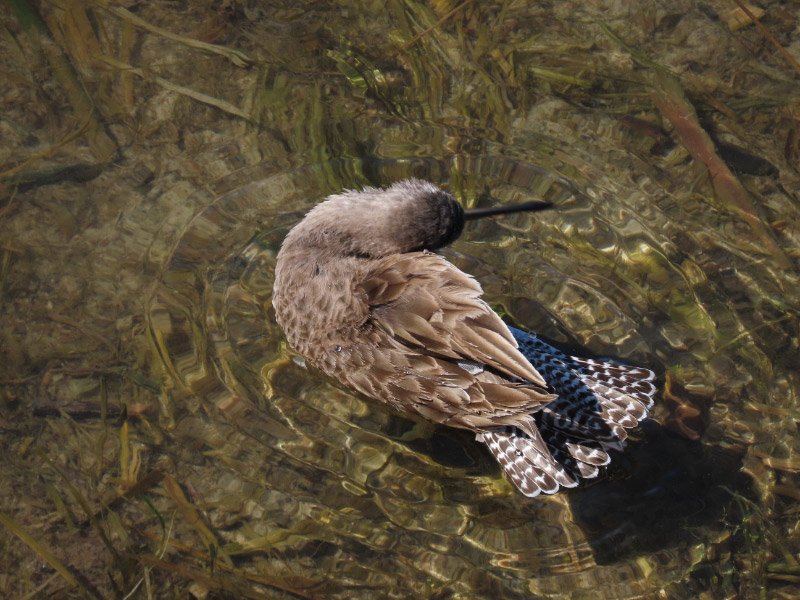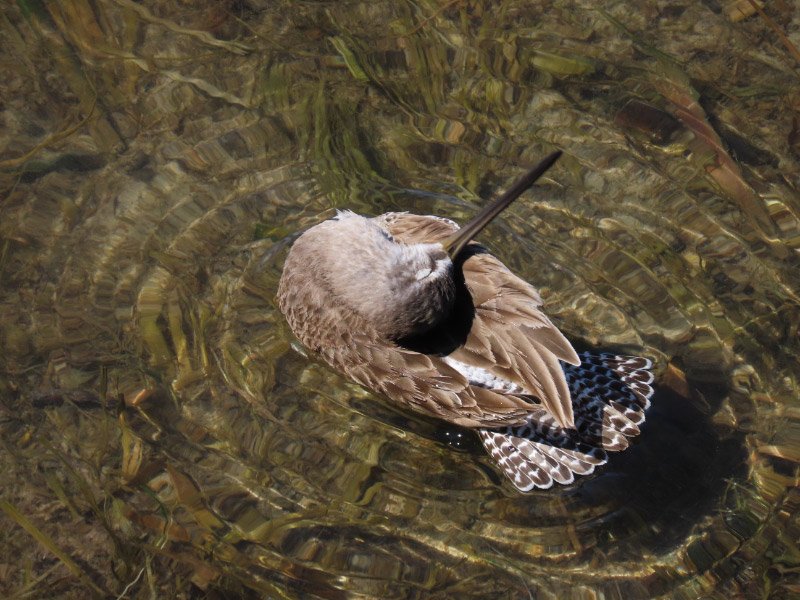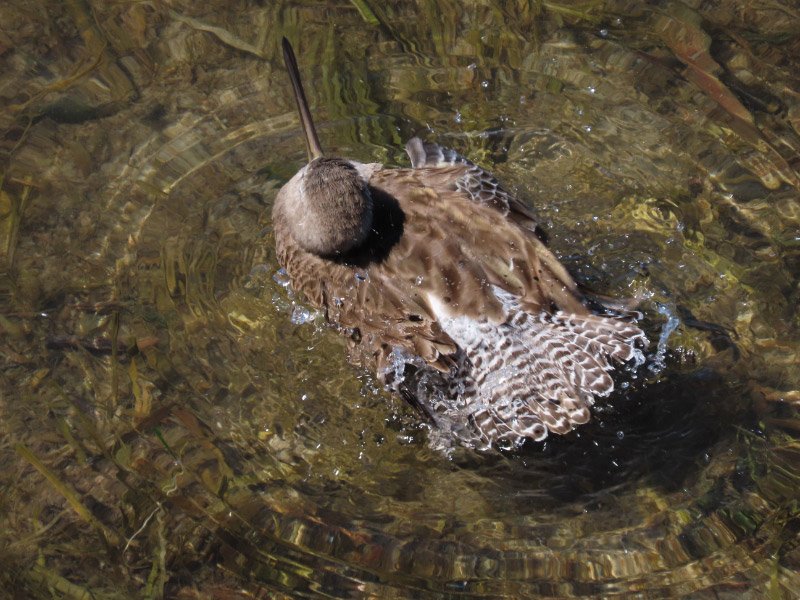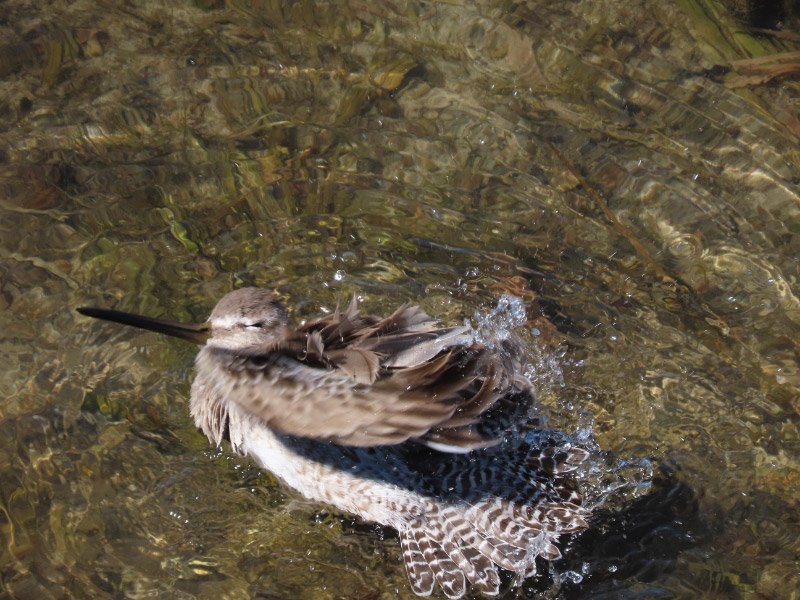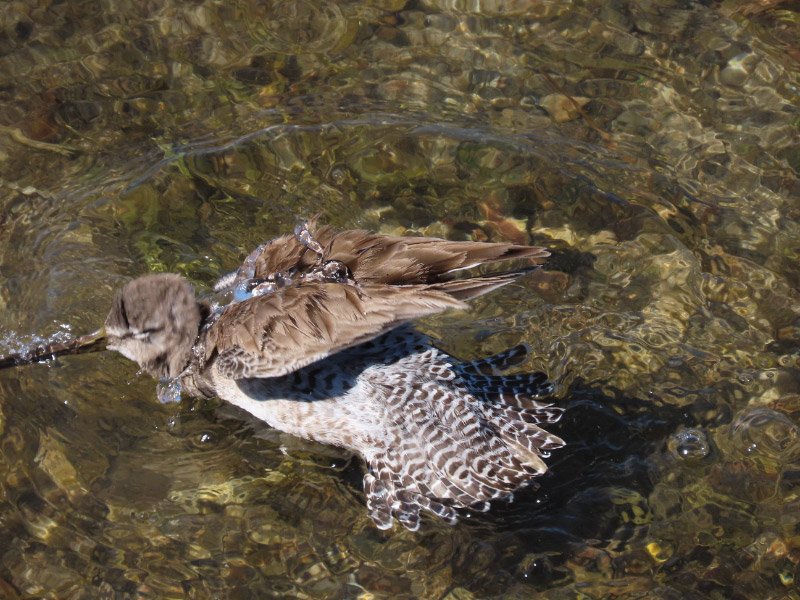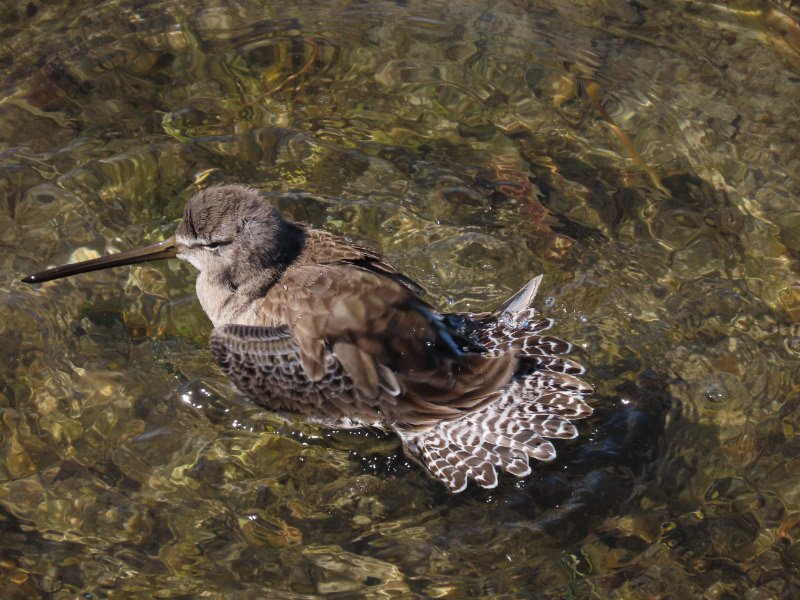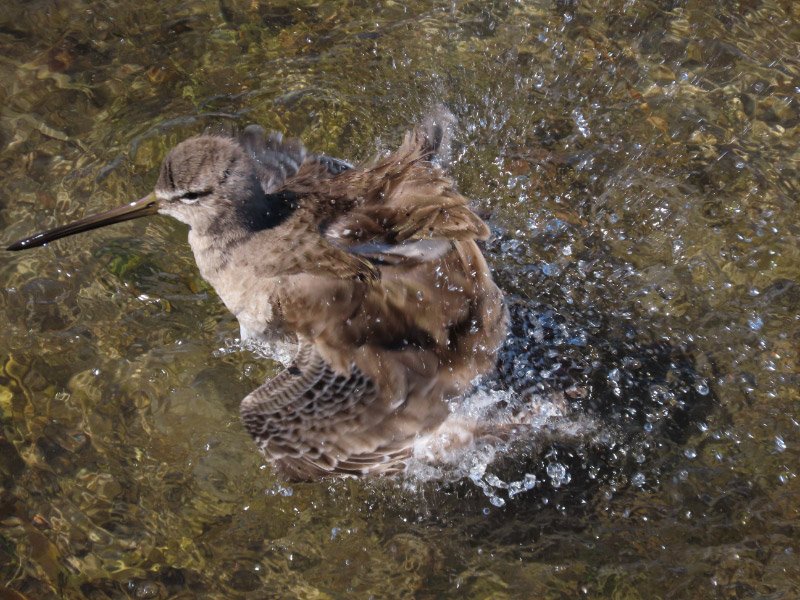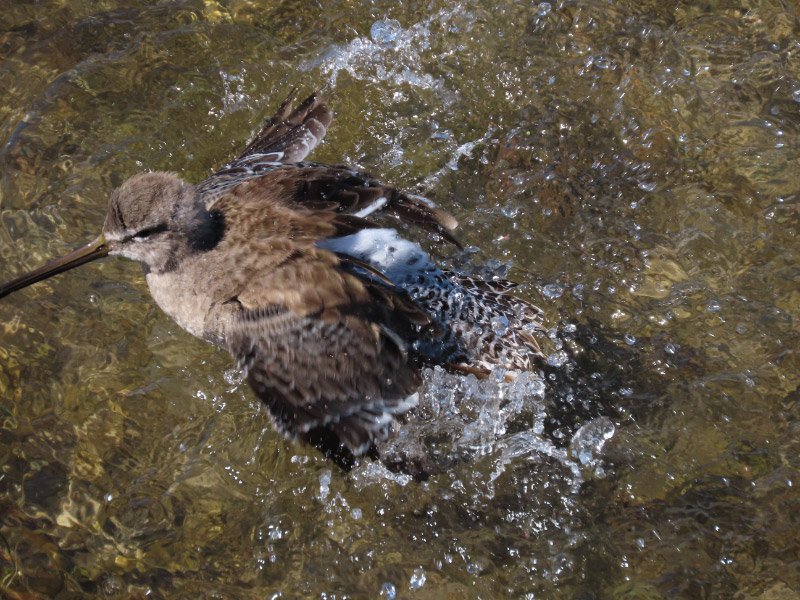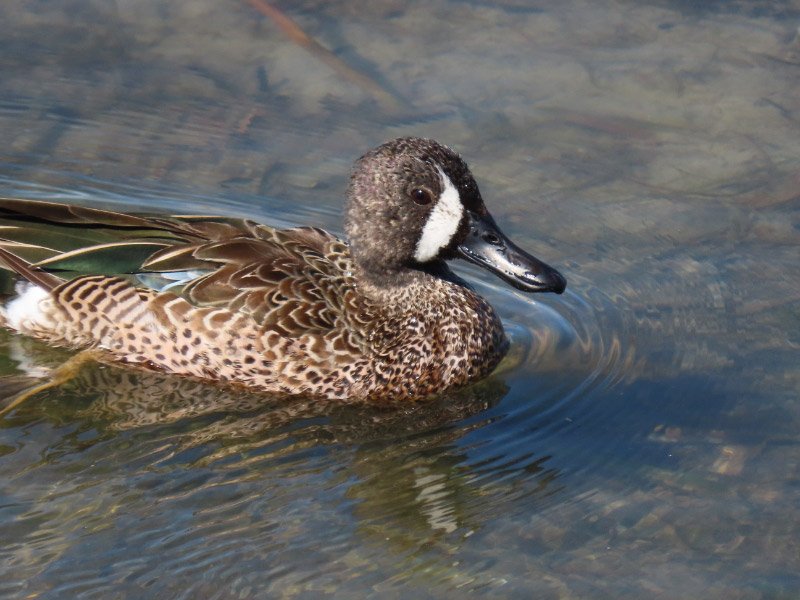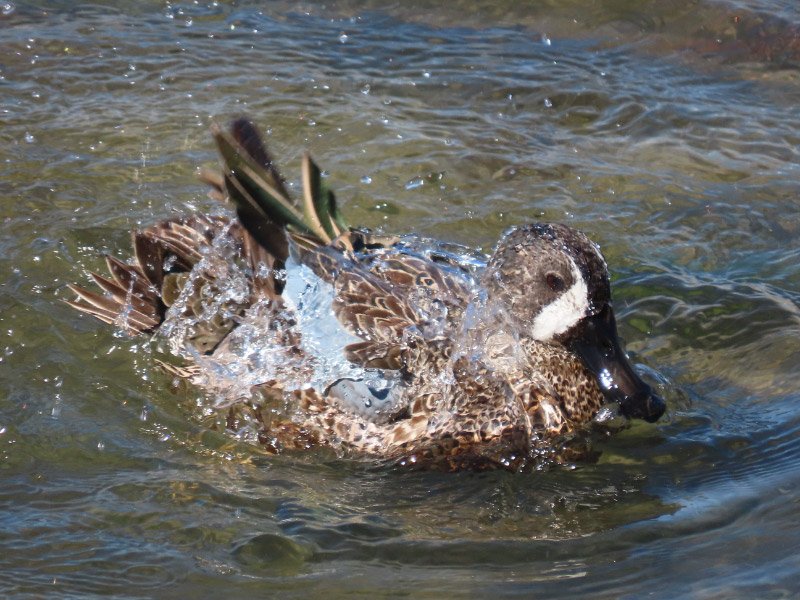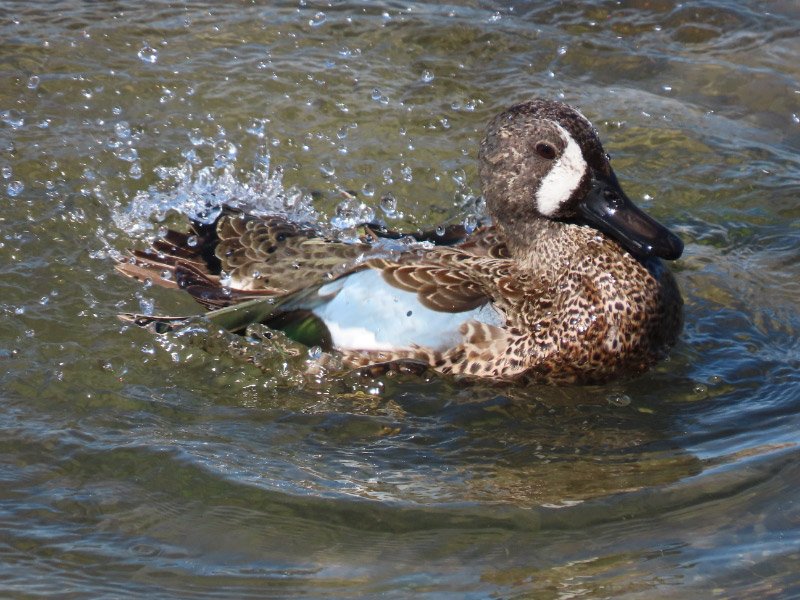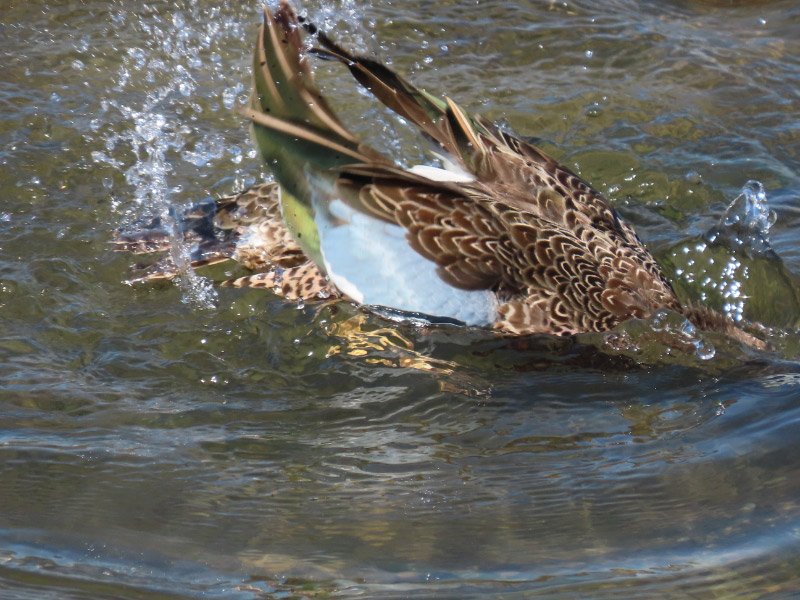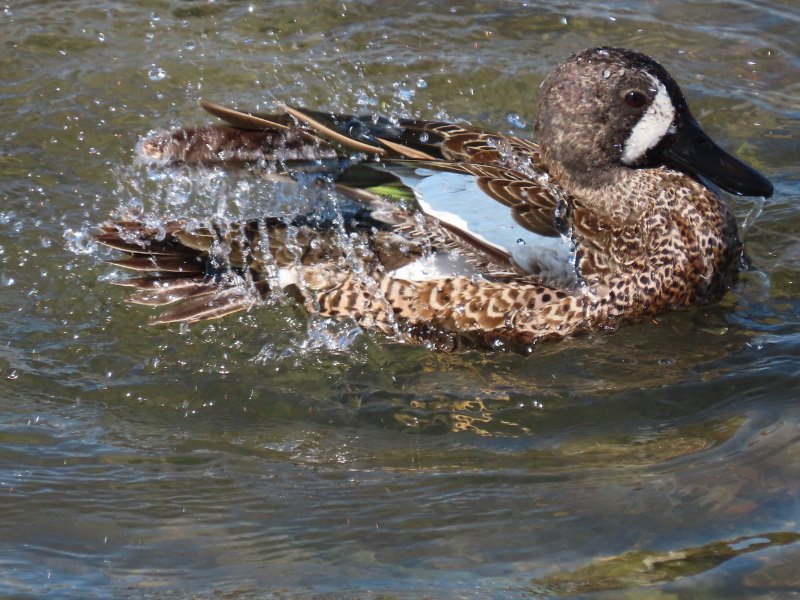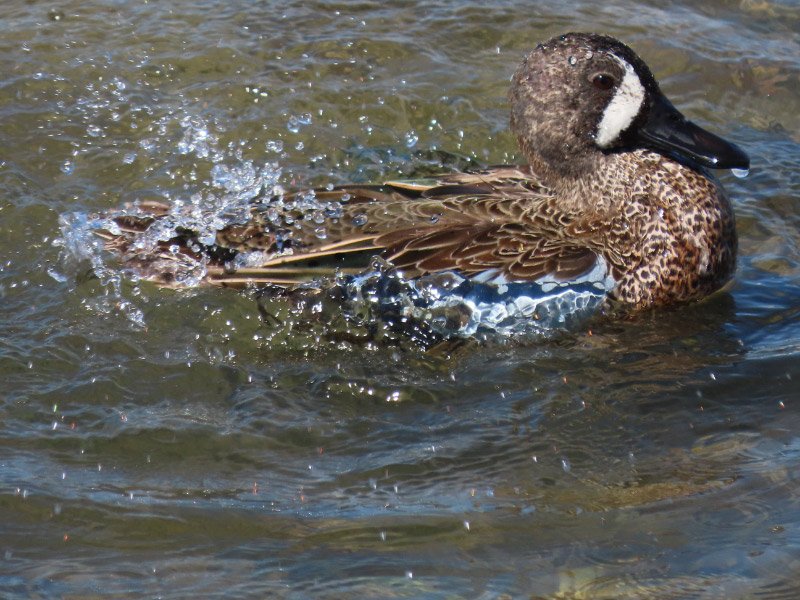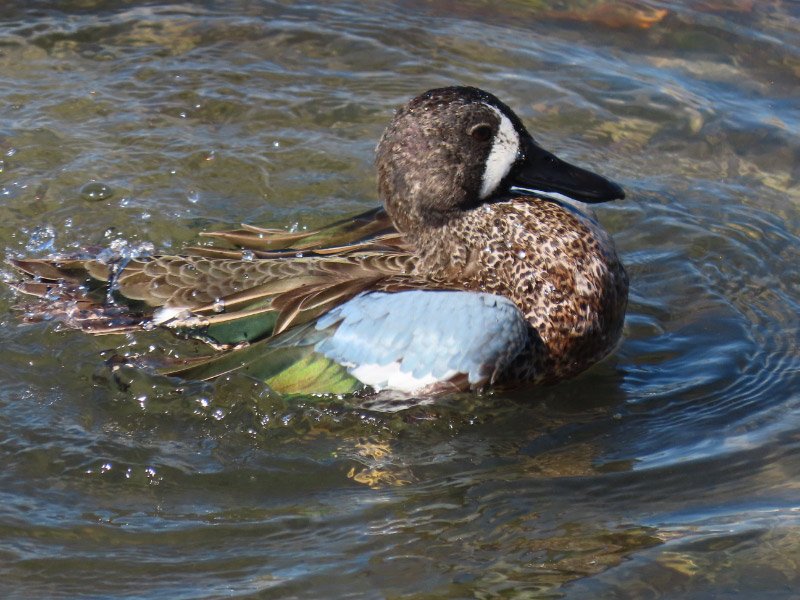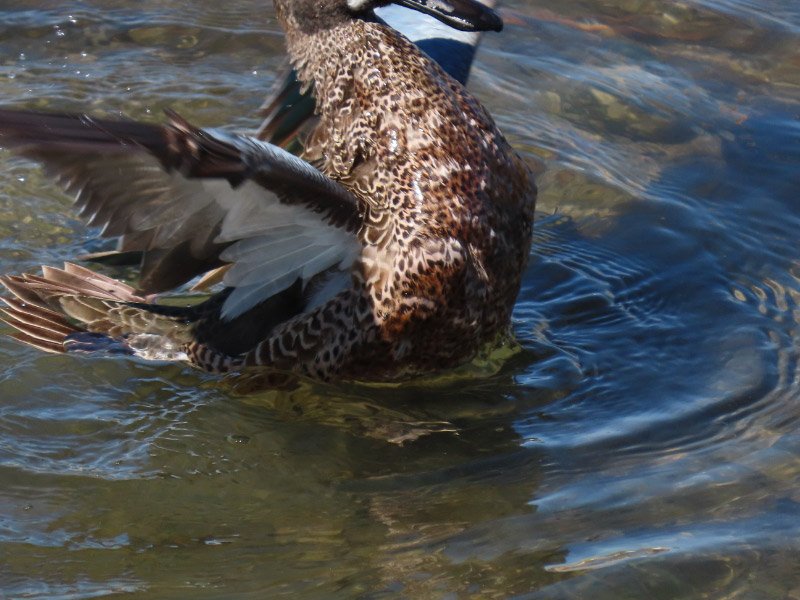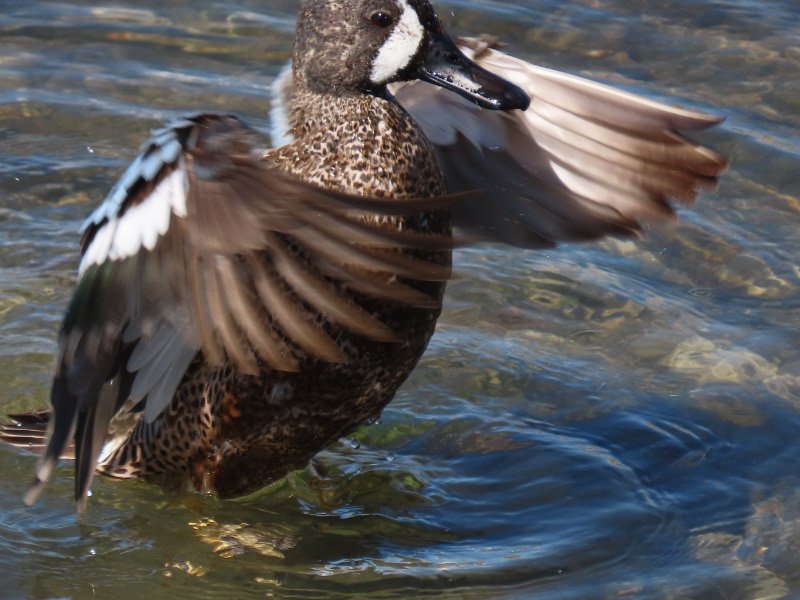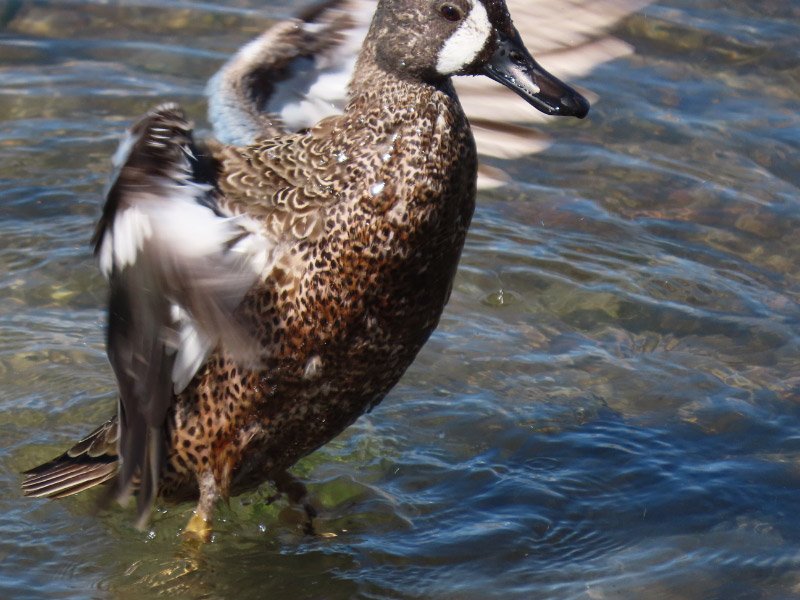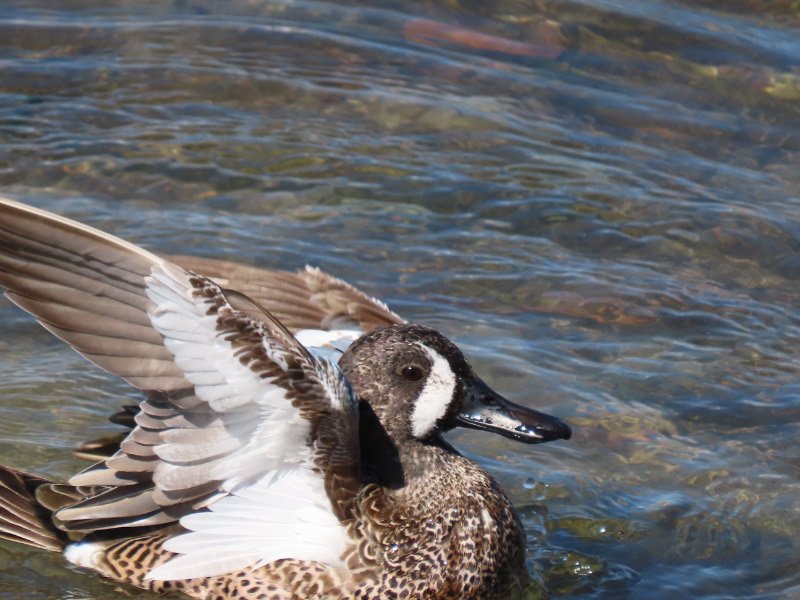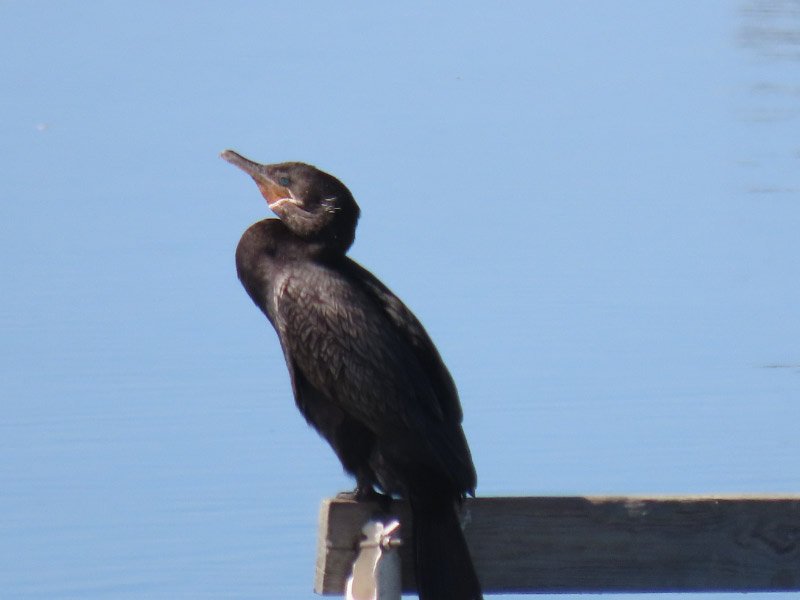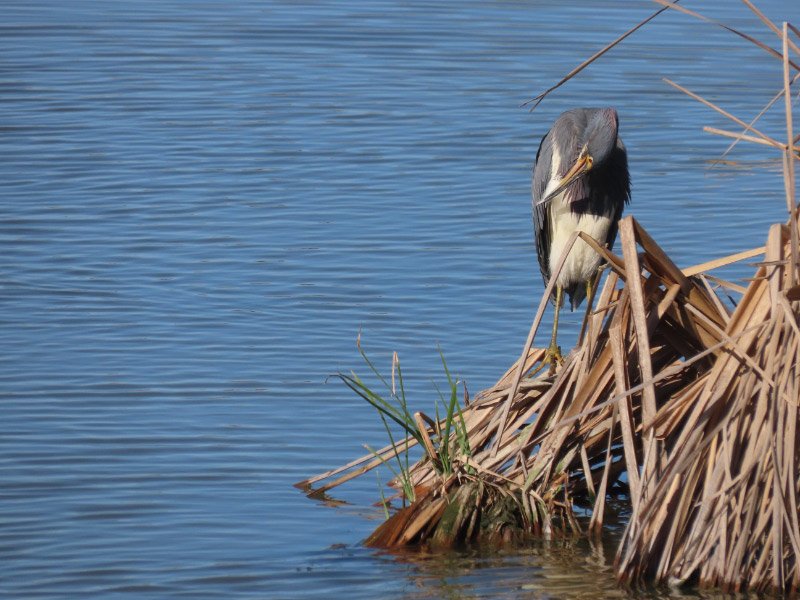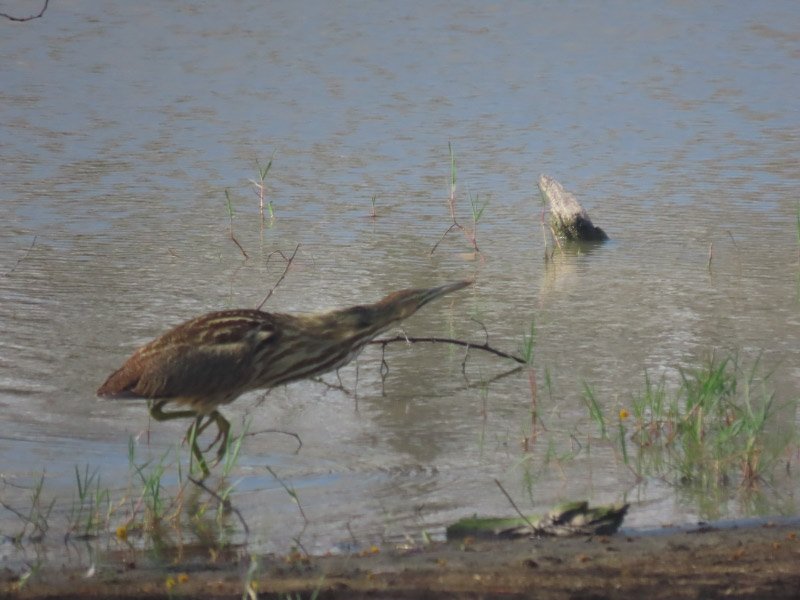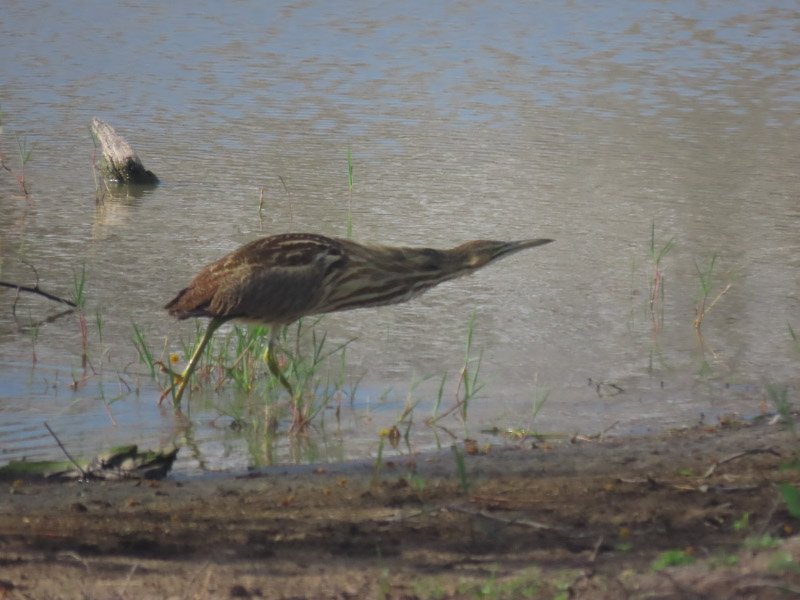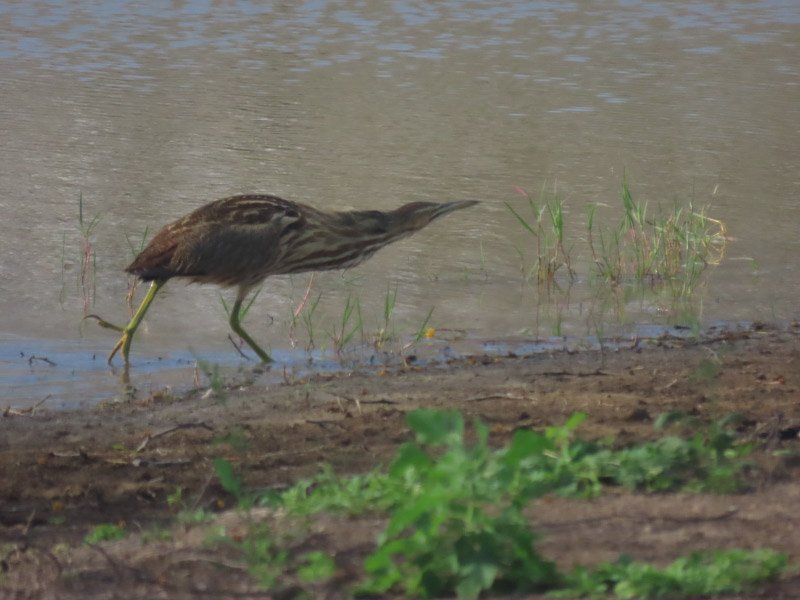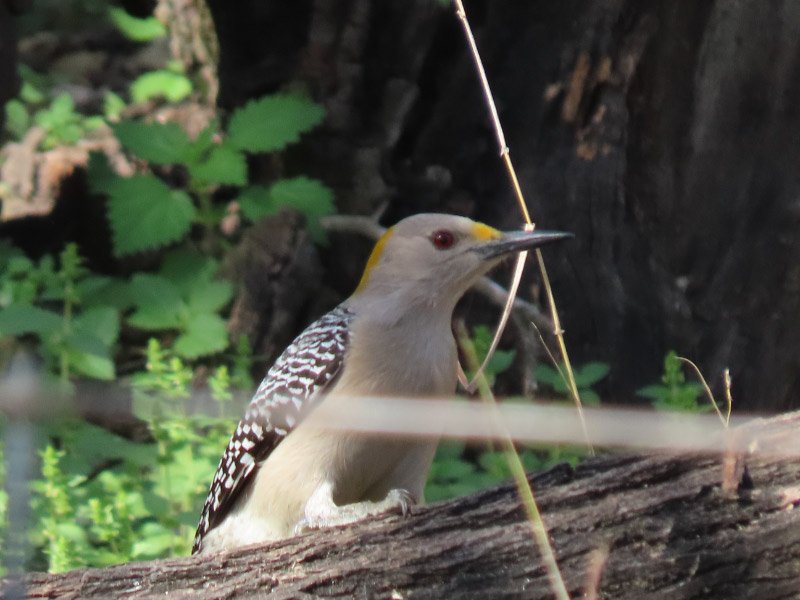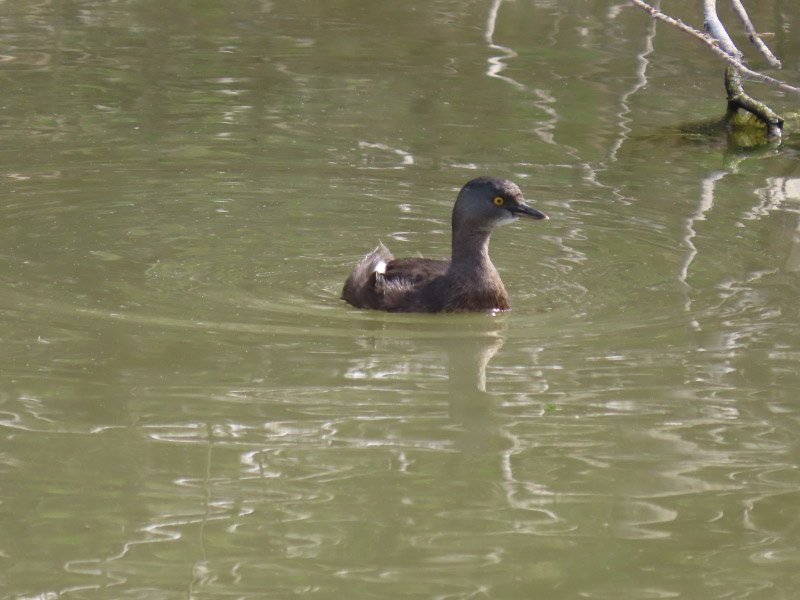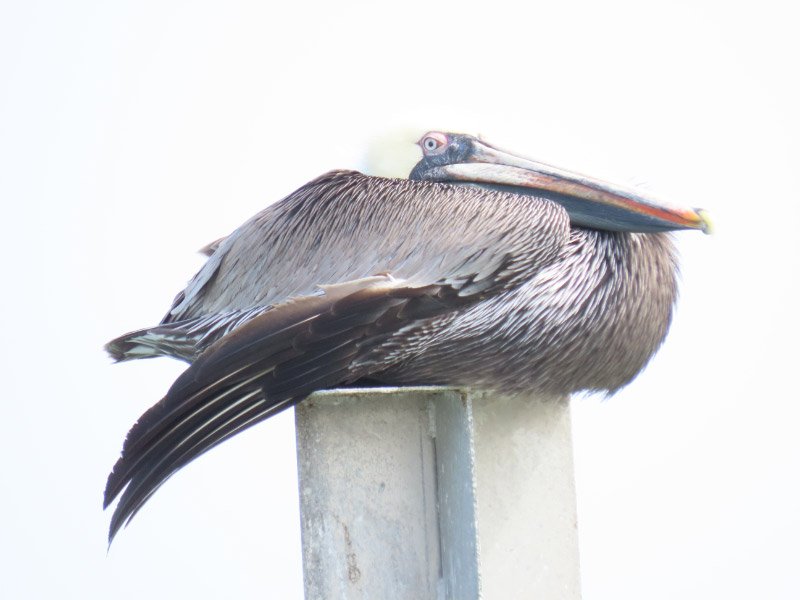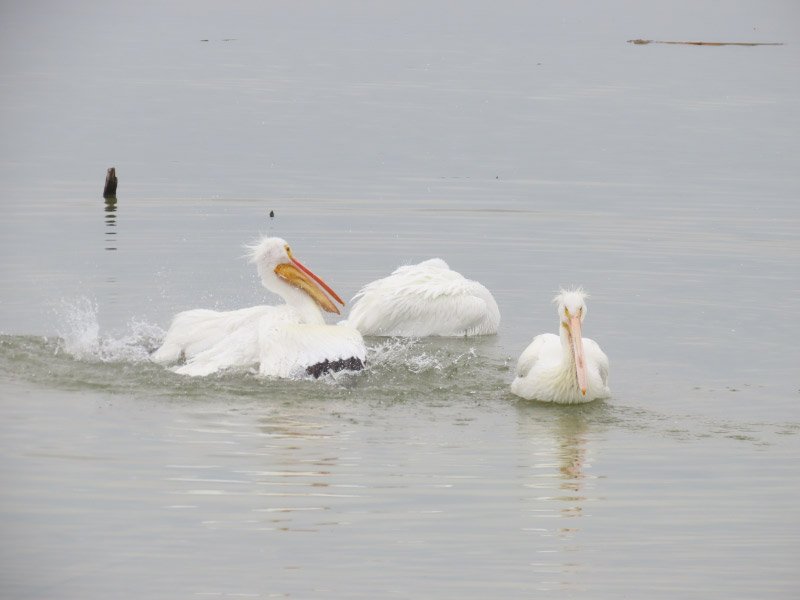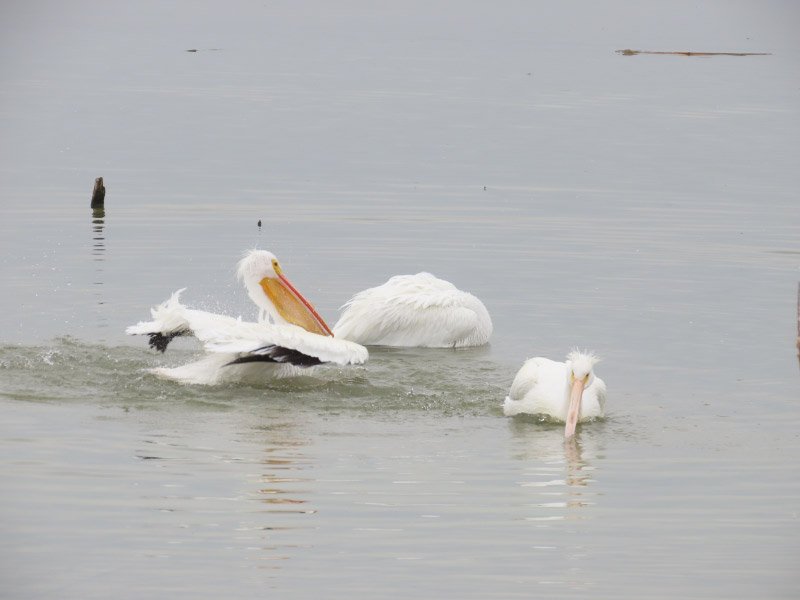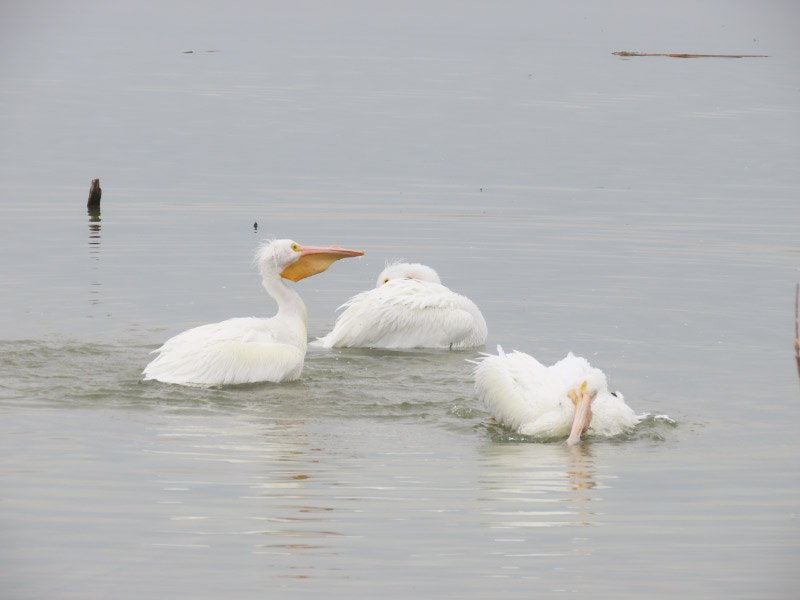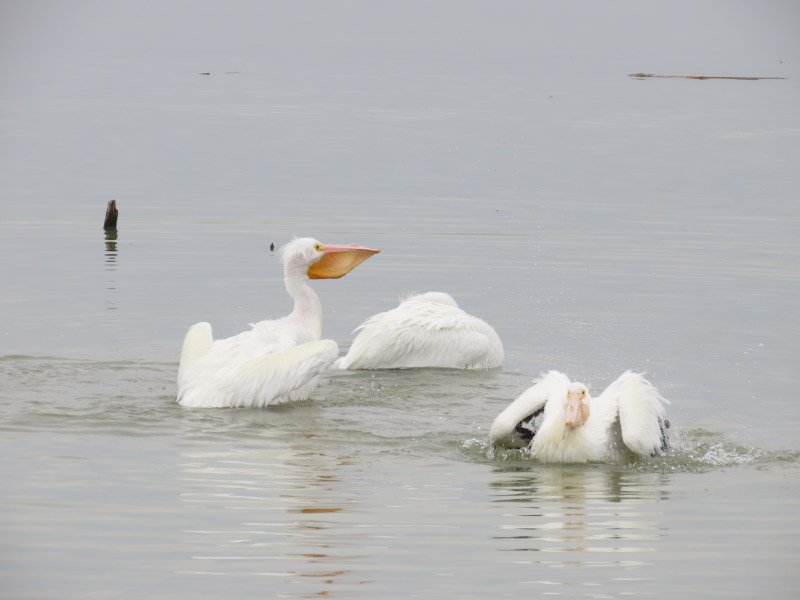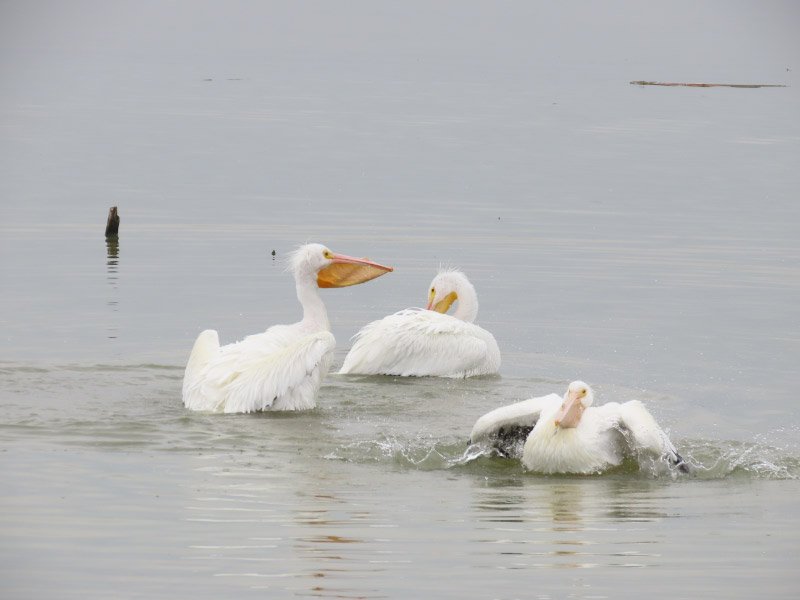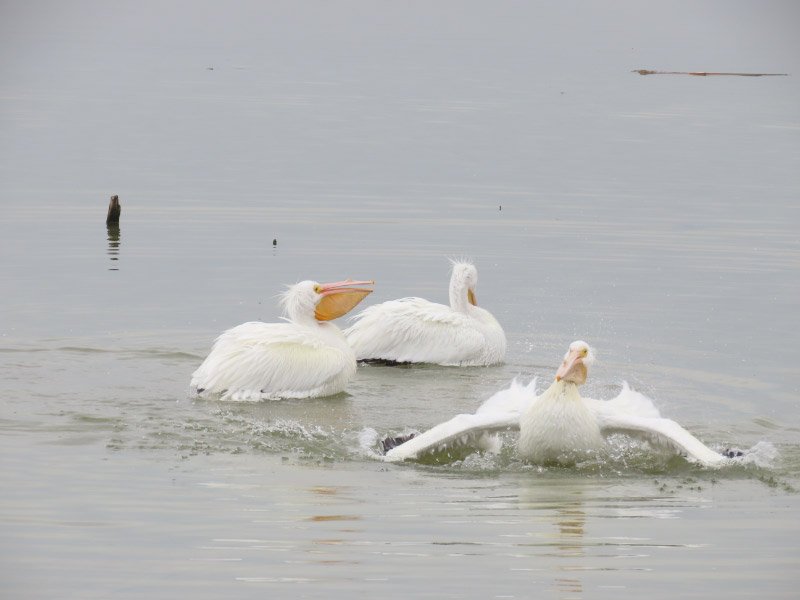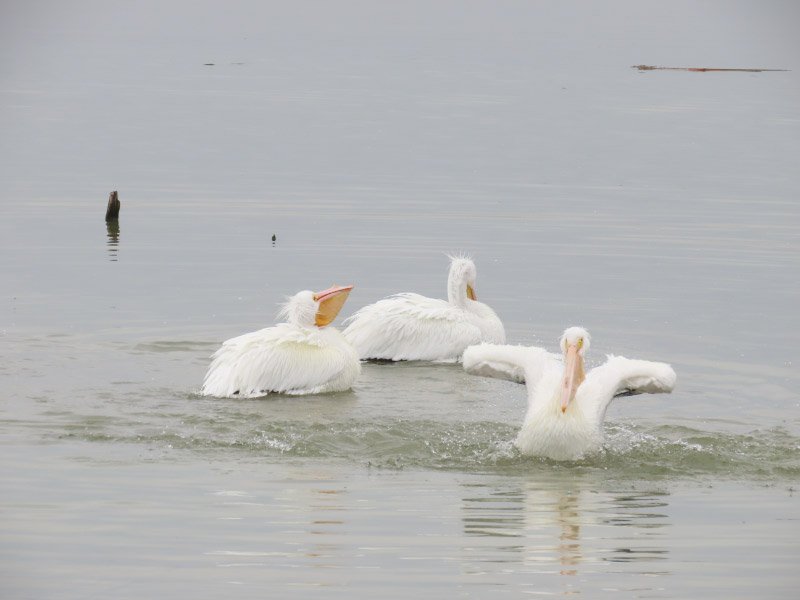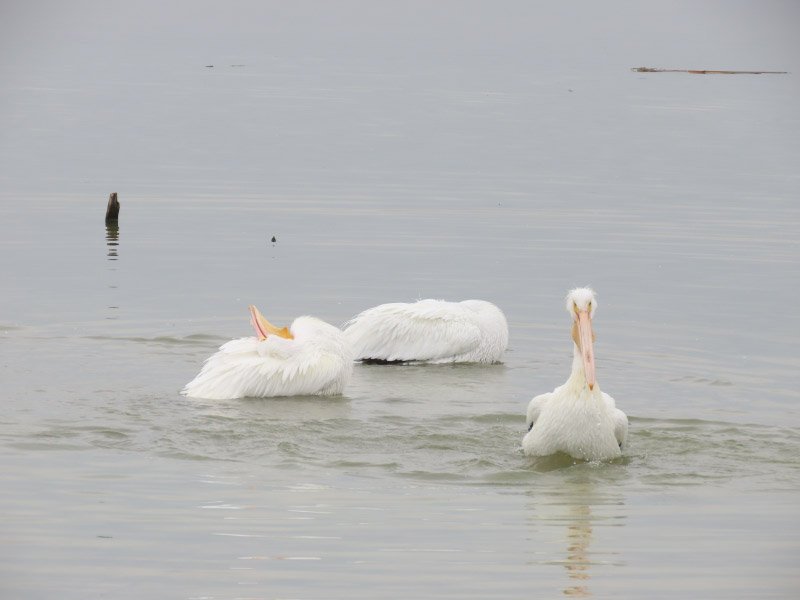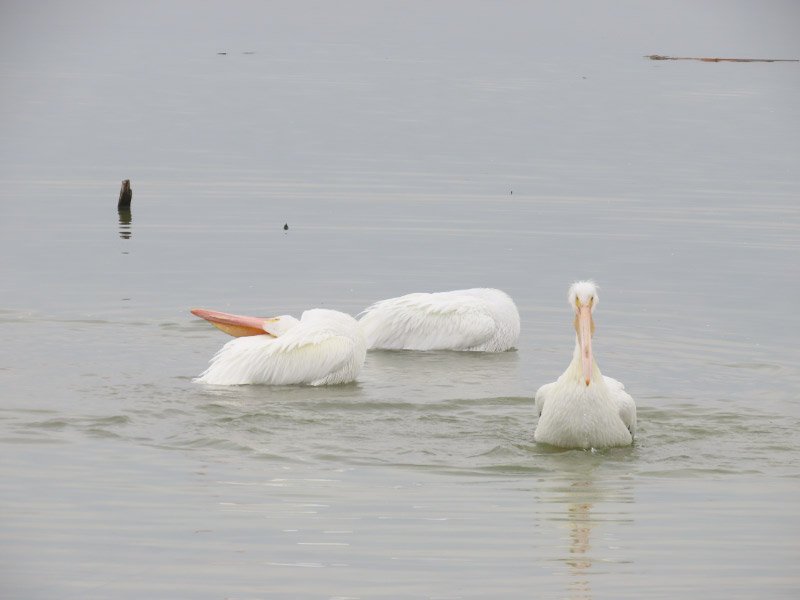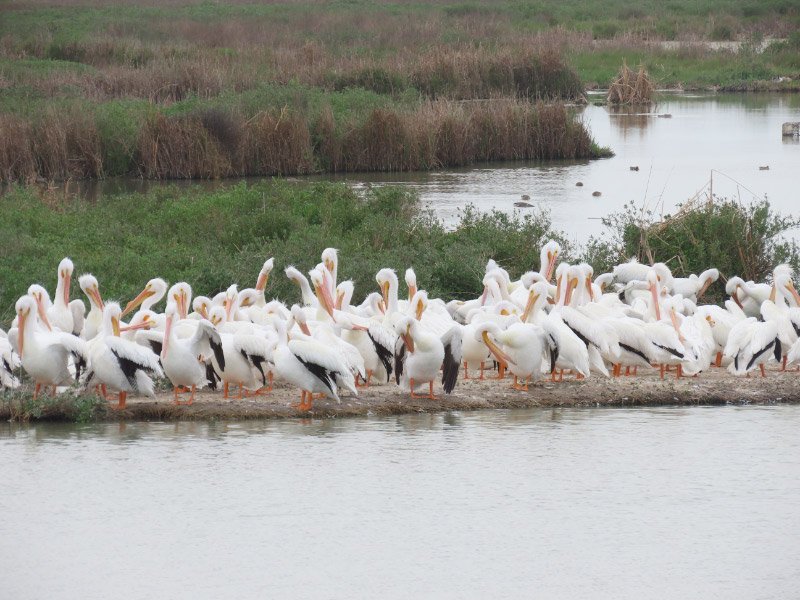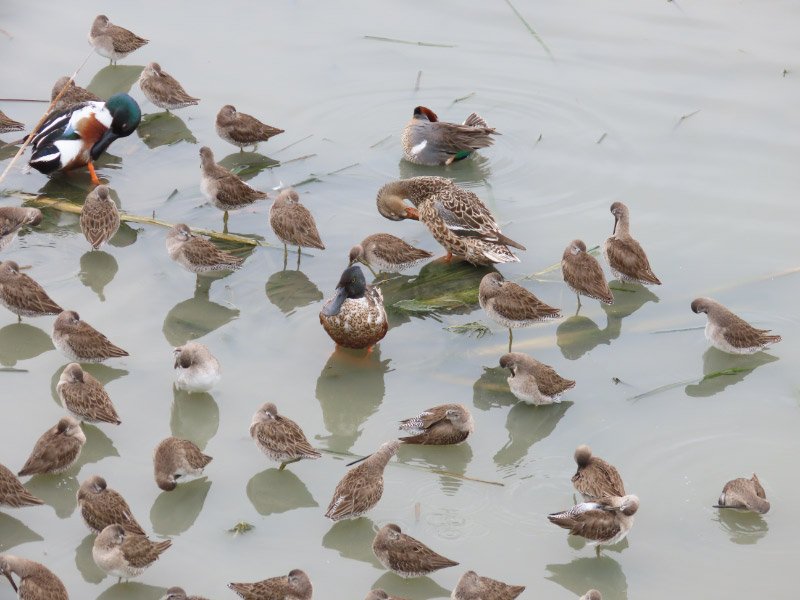The items below were ‘the cream’ of the articles and websites I found this past week. Click on the light green text to look at the article.
The World’s Oldest Living Land Animal, a Tortoise Named Jonathan, Turns 191 – He lives on St. Helena (the small island in the Atlantic where Napoleon Bonaparte died). He has lost his sense of smell and is virtually blind from cataracts, but his appetite is good!
Extreme Weather Inflicting Higher Costs but Fewer Deaths – Improved warning systems have been key to reducing the loss of life from cyclones, floods, and fires. Kudos to the governments that have implemented them. Hopefully Africa will be able to increase their weather stations and early warning systems…catch up with other parts of the world.
25 Incredible Photos in the Running for Wildlife Photographer of the Year People’s Choice Award – Which one is your favorite? Mine is the ‘happy turtle’ with the dragonfly on his nose.
Here’s What Can Cause Itchiness – Interesting….Staphylococcus aureus could the culprit for some people with eczema….maybe resulting in effective treatment/relief.
Nēnē: The Recovery of the Hawaiian Goose - Today, there are some 3,200 nēnē in the wild. By almost any measure, it’s a stunning conservation success. The threats of habitat fragmentation and invasive predators are omnipresent, so the birds need constant attention from conservationists and wildlife managers. Currently, there are populations on Hawai’i, Kaua’i, Maui and Molokai.
Secrets of the Catacombs - A subterranean necropolis offers archaeologists a rare glimpse of Rome’s early Jewish community. More than 60 catacombs, amounting to hundreds of miles of passages, have been identified beneath the Rome; they were the common approach to burial from the second through fifth century AD. Villa Torlonia, discovered in 1919, was the sixth, and so far the last, Jewish catacomb to be found in Rome and is one of just two accessible today. The catacomb’s passageways are lined with nearly 4,000 shelves carved into the walls to hold the dead. Many of the names of the deceased are still visible, generally painted on or carved into stucco used to seal the graves, along with blessings to rest in peace and other inscriptions. In a few places, the catacomb’s narrow passageways open into atriums where colorful frescoes decorate the vaulted ceilings and many of the arched recesses. In addition to menorahs, these frescoes feature Jewish motifs such as a holy ark to house Torah scrolls; shofars, ram’s-horn trumpets blown on religious holidays; and lulavs, palm branches waved during the festival of Sukkot, which celebrates the harvest season. There are also geometric designs and illustrations of peacocks, roosters, flowers, and fruit trees, possibly meant to depict paradise.
Wild Kiwis Born Near New Zealand’s Capital for the First Time in More Than 150 Years – Another bird conservation success in this week’s gleanings!
New Thoughts on Neanderthal Hunters - Neanderthals may have gathered in large groups to hunt and consume an elephant, and they may also have been able to preserve and store such a large amount of food.
Rare, White Alligator Born at Florida Wildlife Park - The leucistic reptile was born at Gatorland, a 110-acre park located south of downtown Orlando. The new gators are descendants of a group of leucistic alligators found in a Louisiana swamp in 1987. Since 2008, three of those Louisiana gators have been living at Gatorland.
500 year old hand grenades (China) – 59 spherical projectiles discovered in a storeroom along the Great Wall near the popular Badaling section. They were made of stone and had been drilled with holes that could be filled with gunpowder and sealed, creating an explosive effect when hurled at an enemy.

